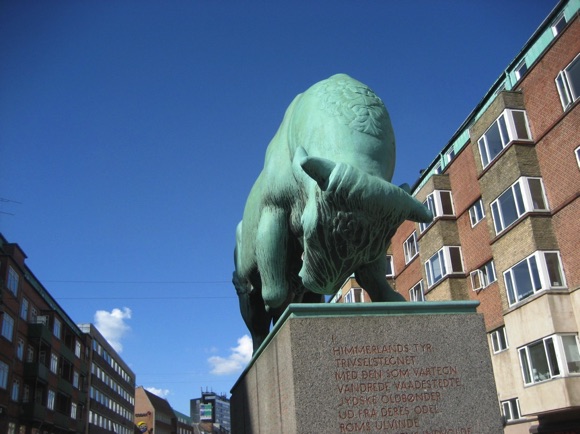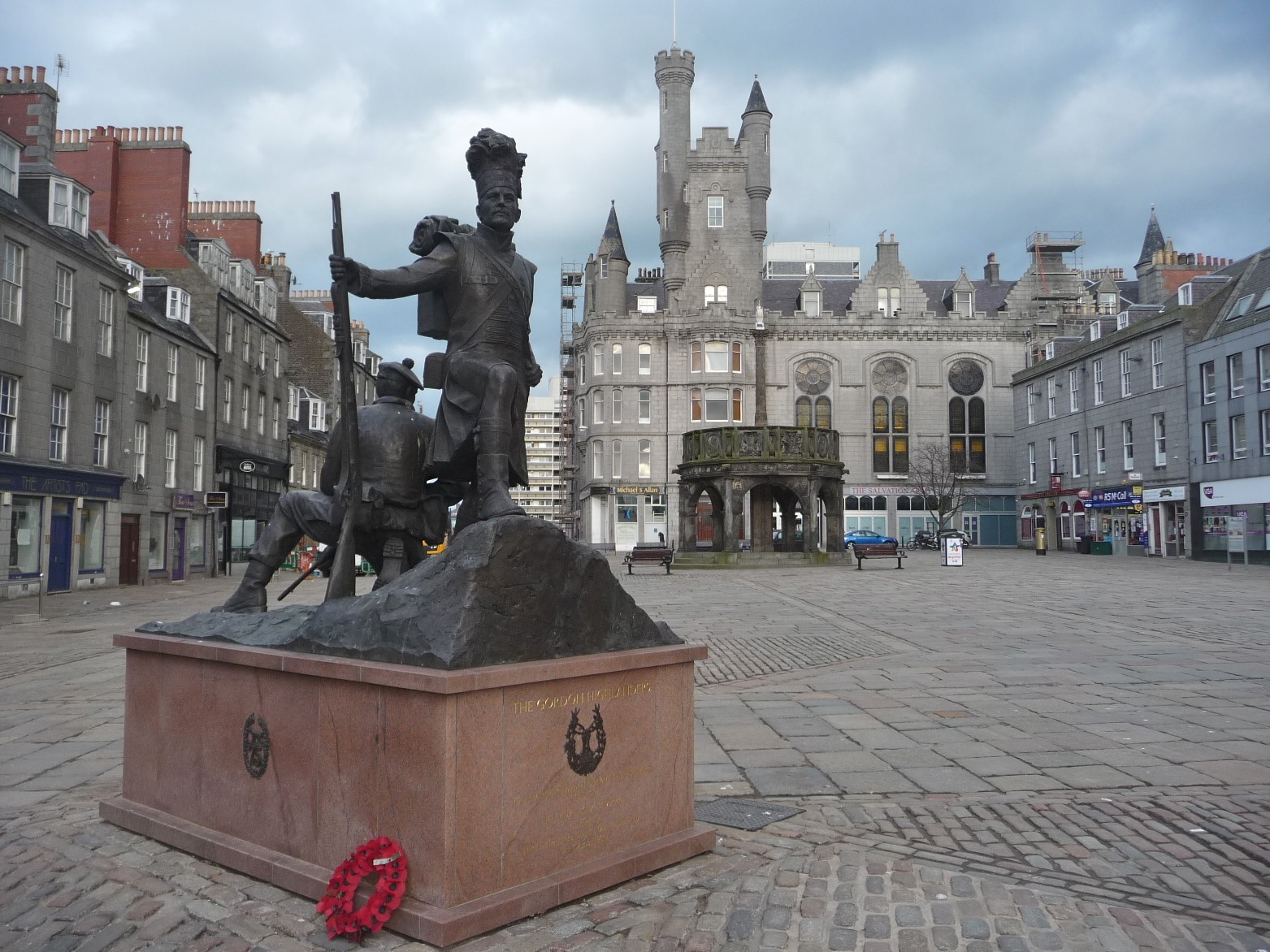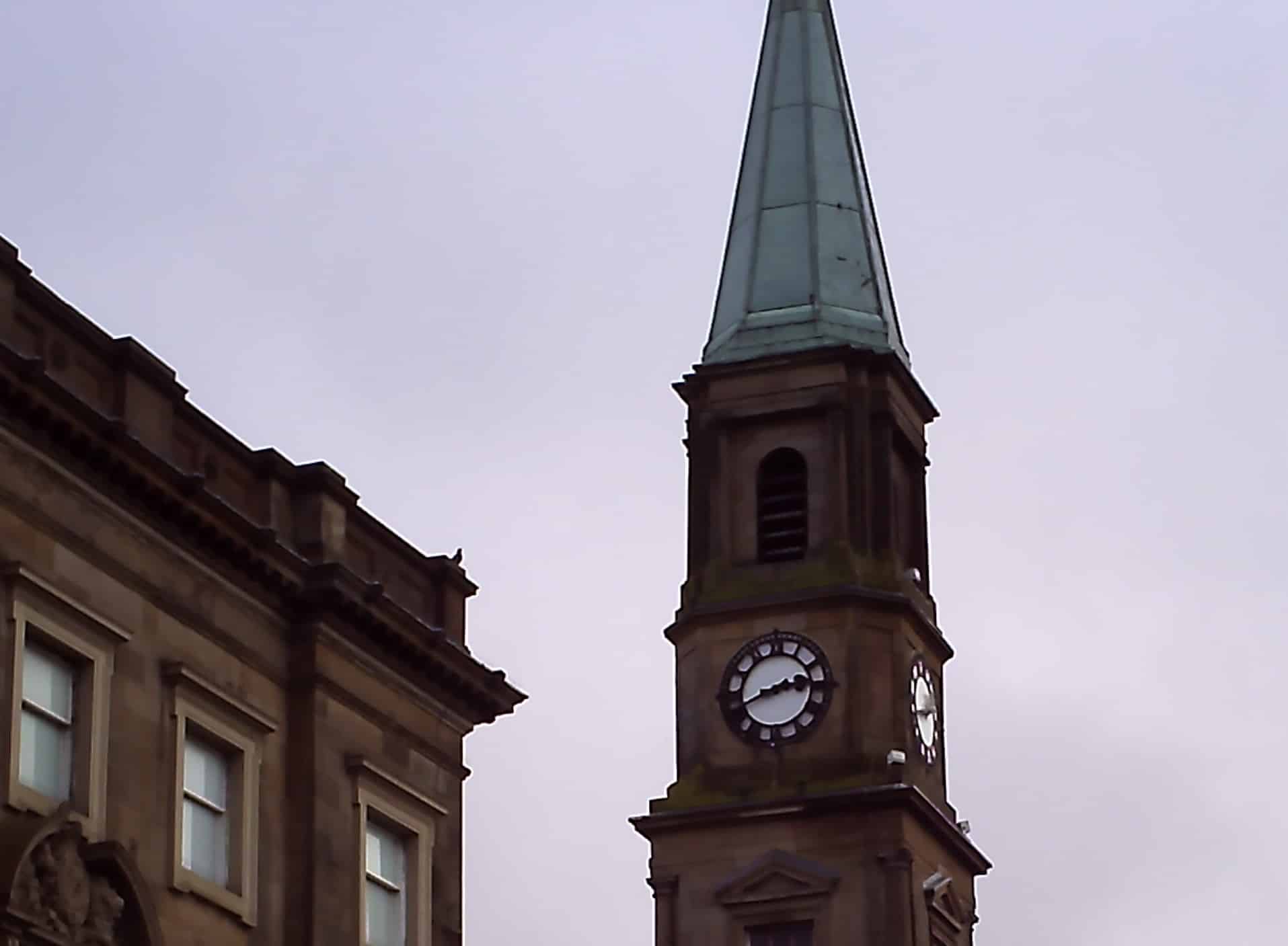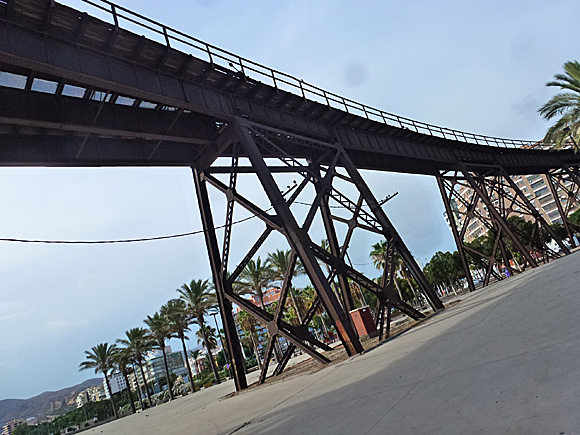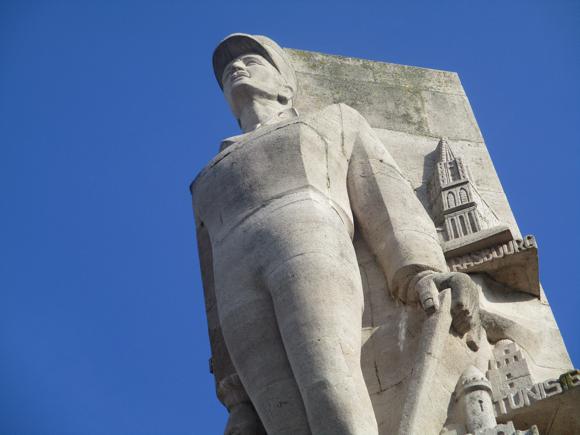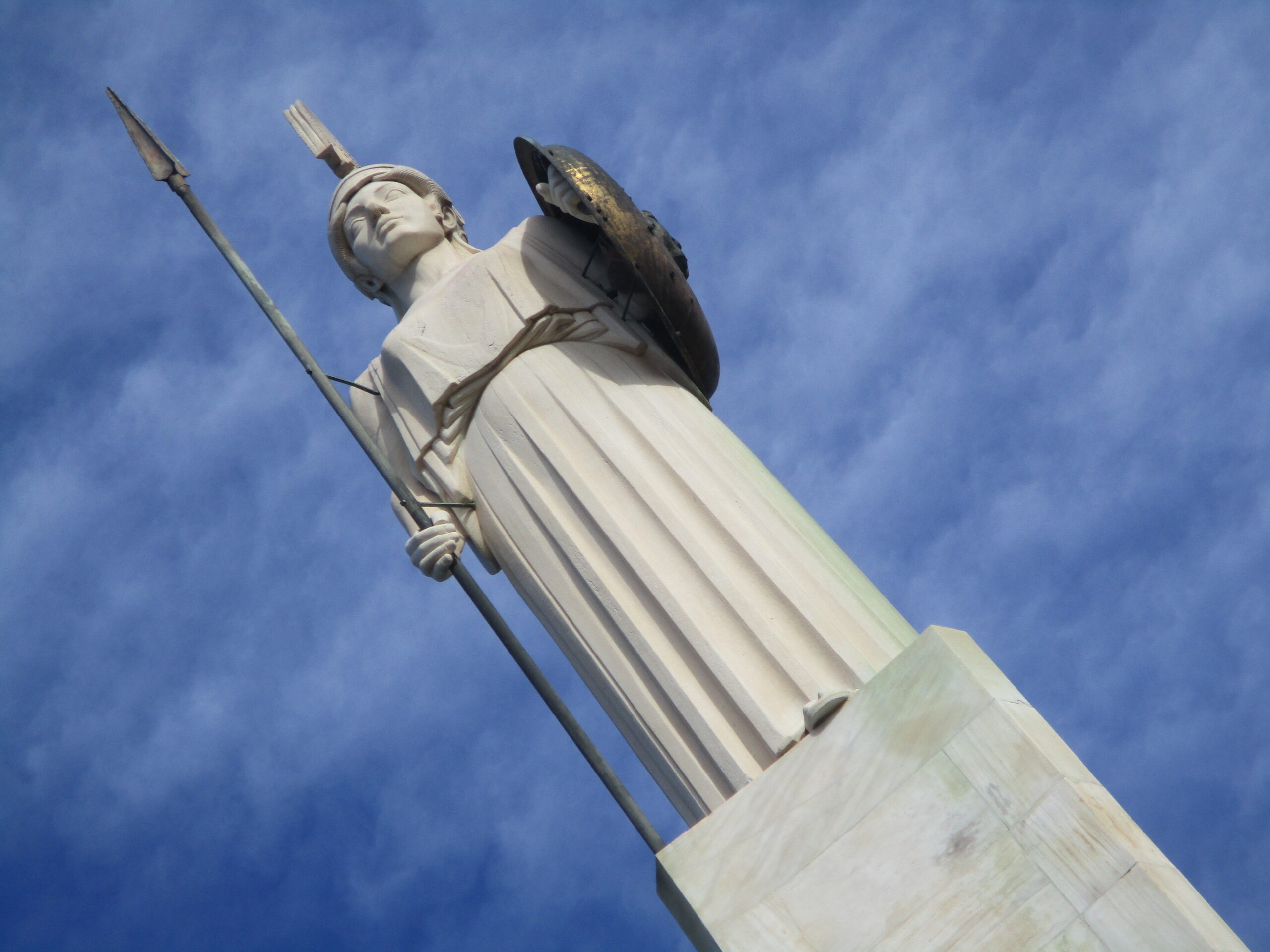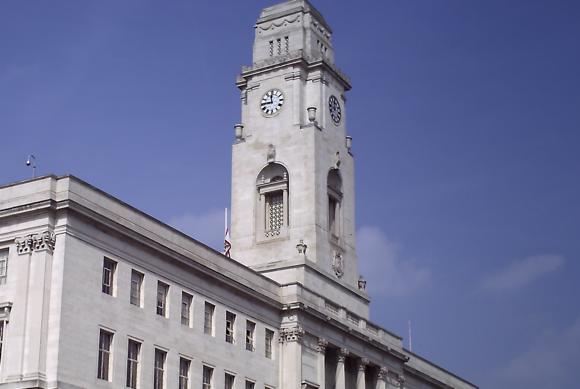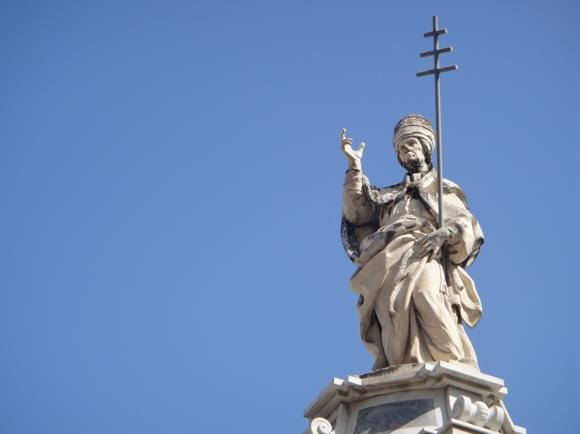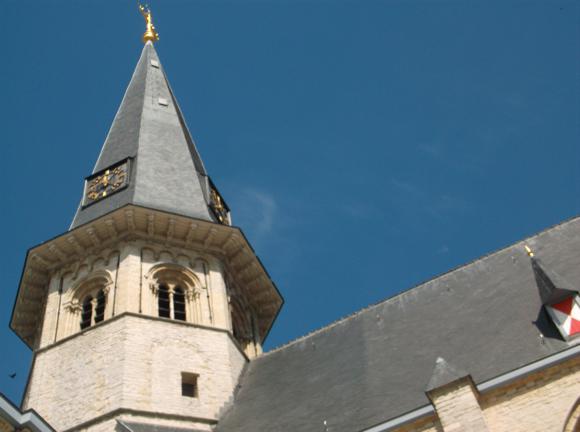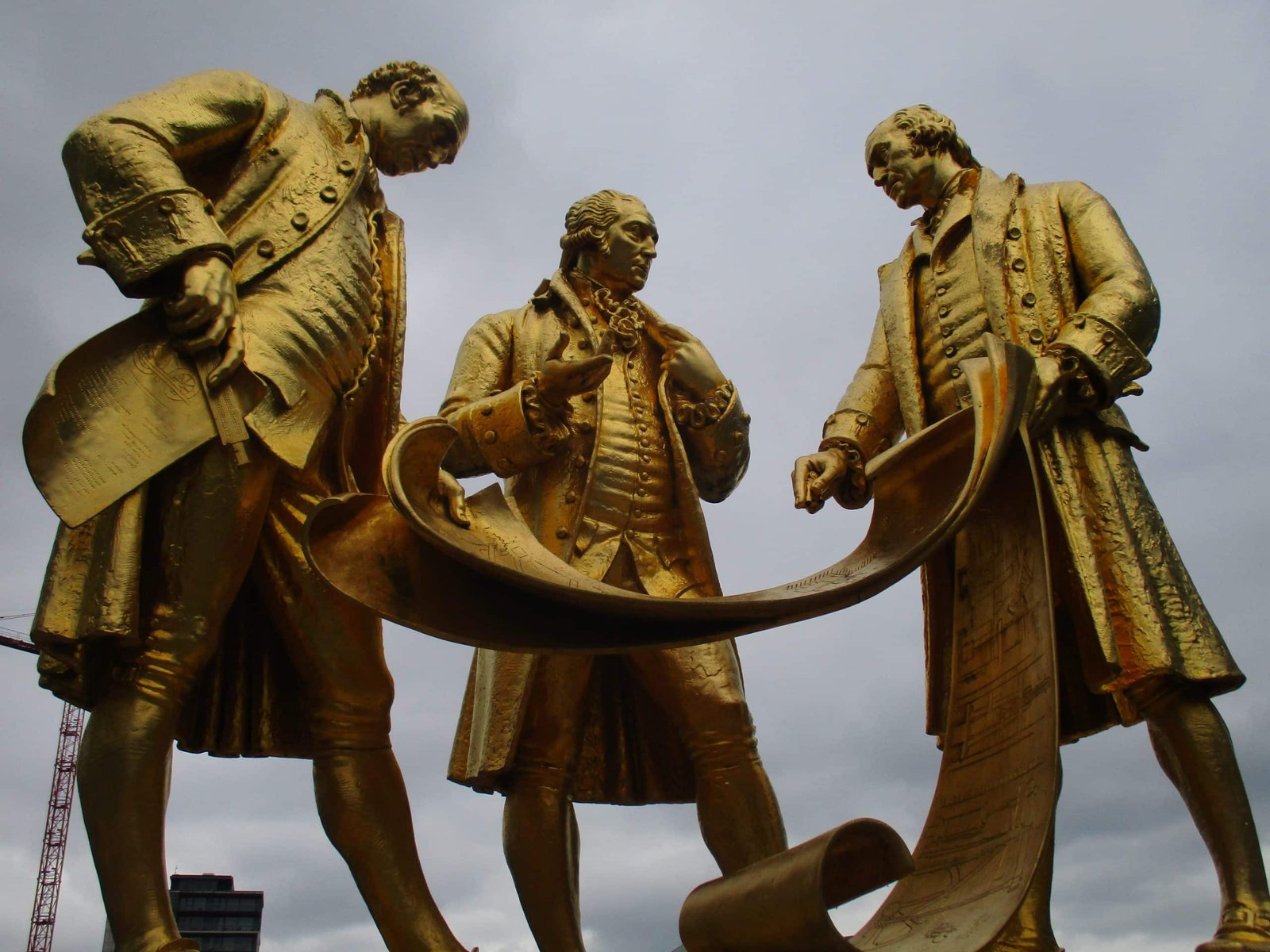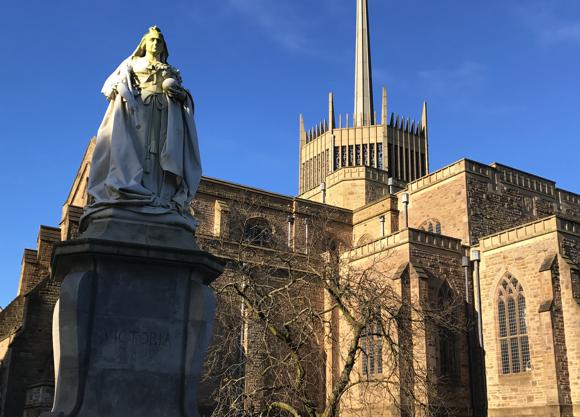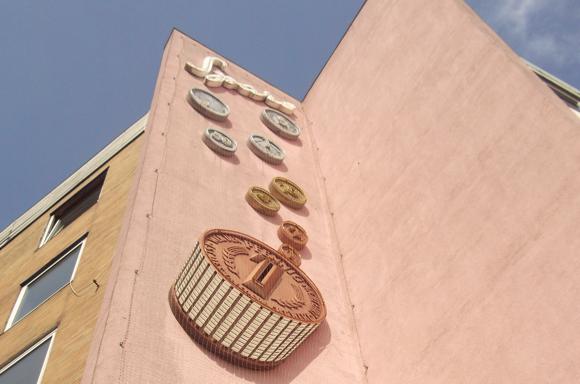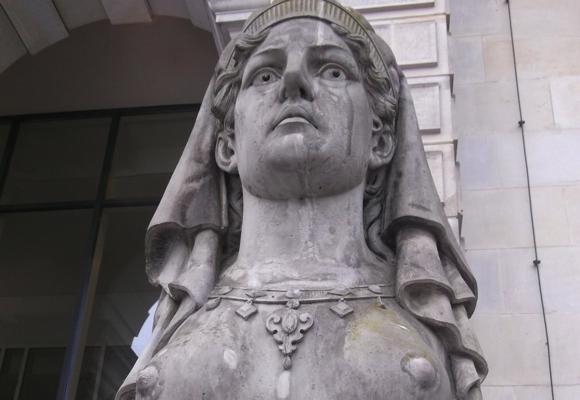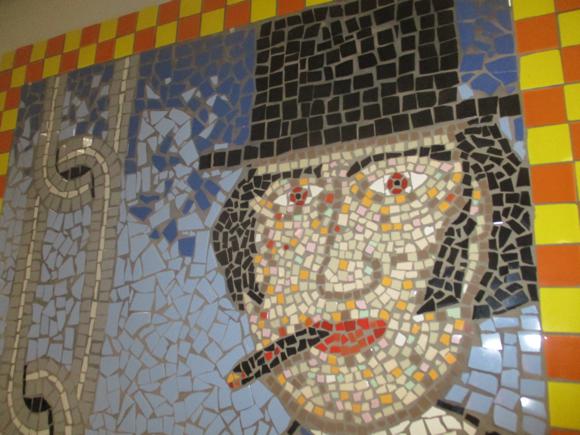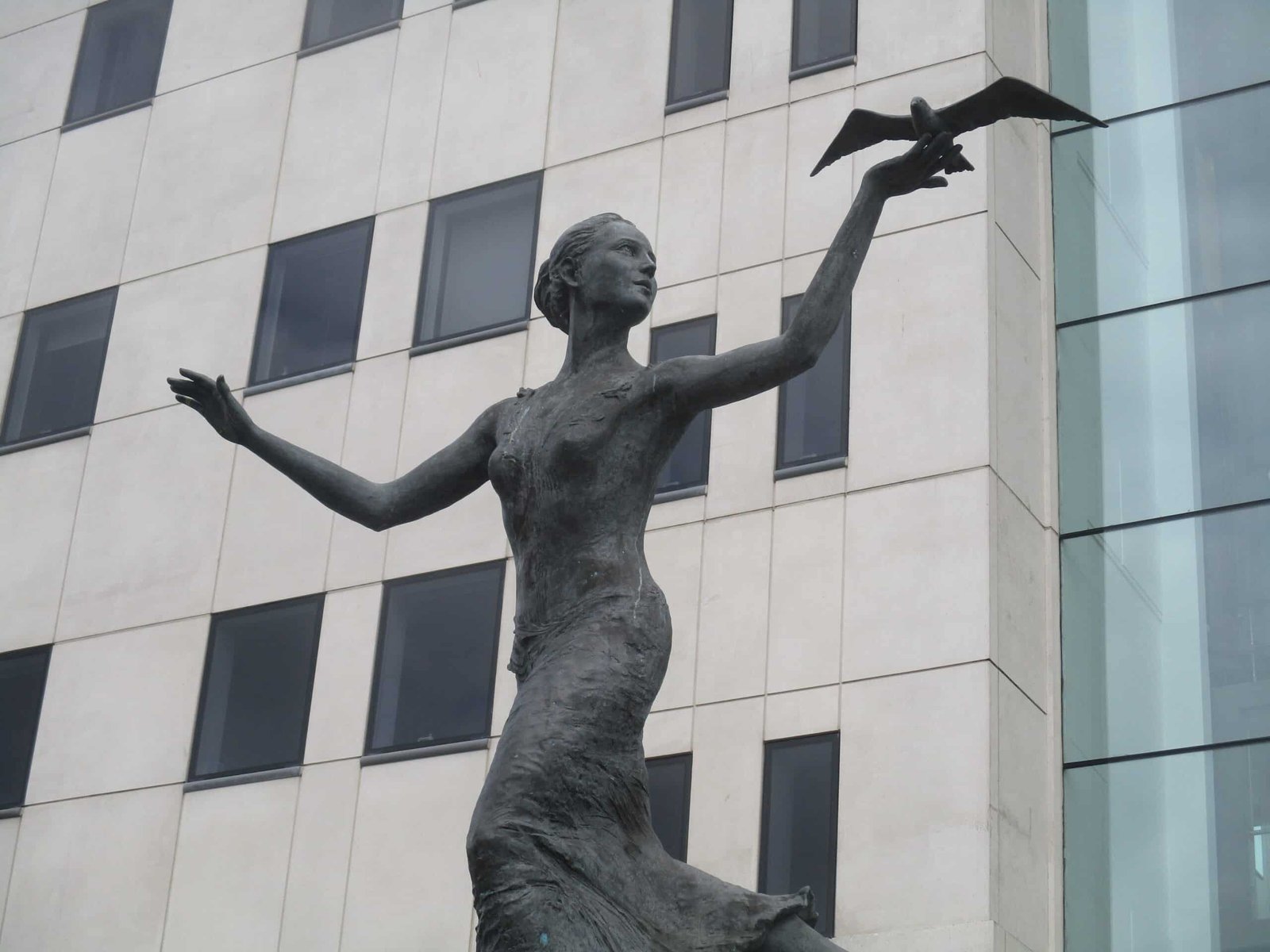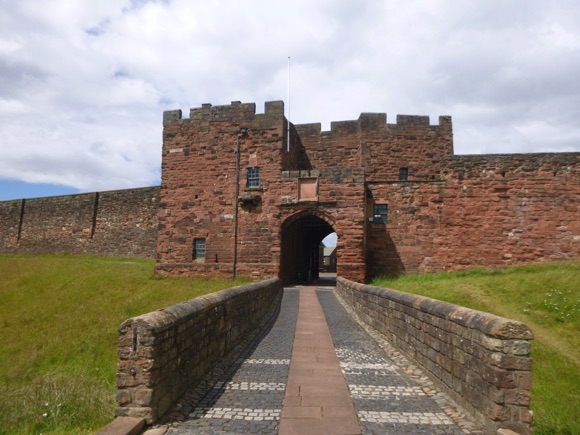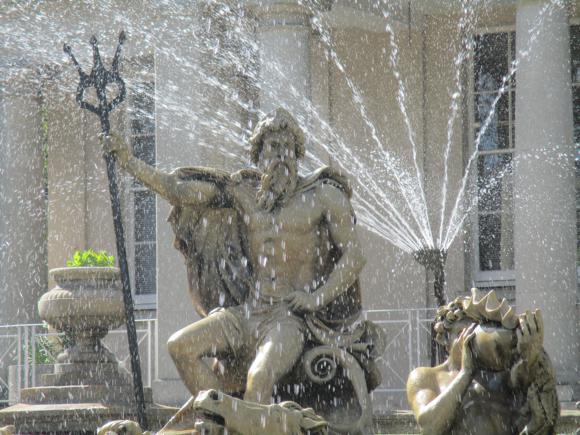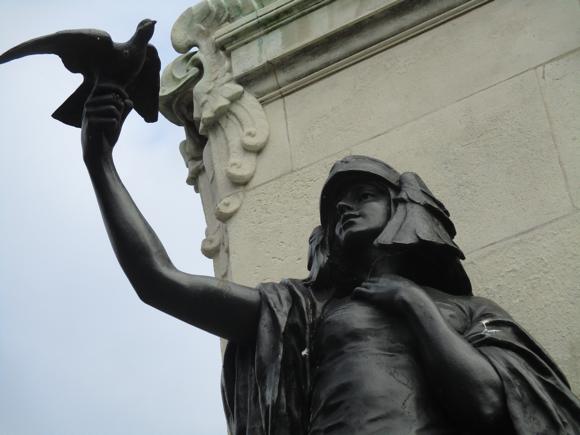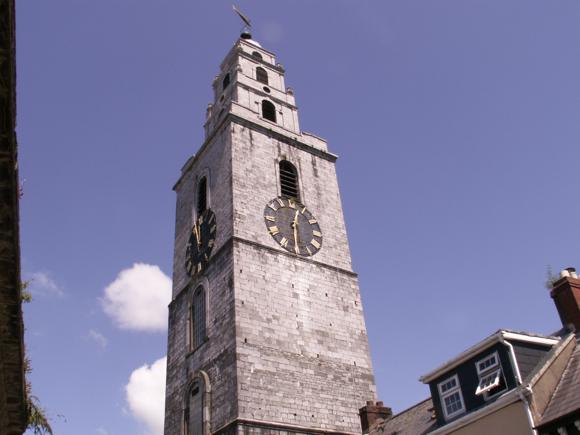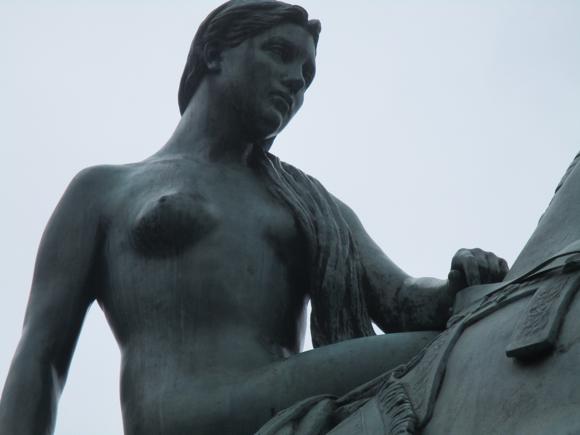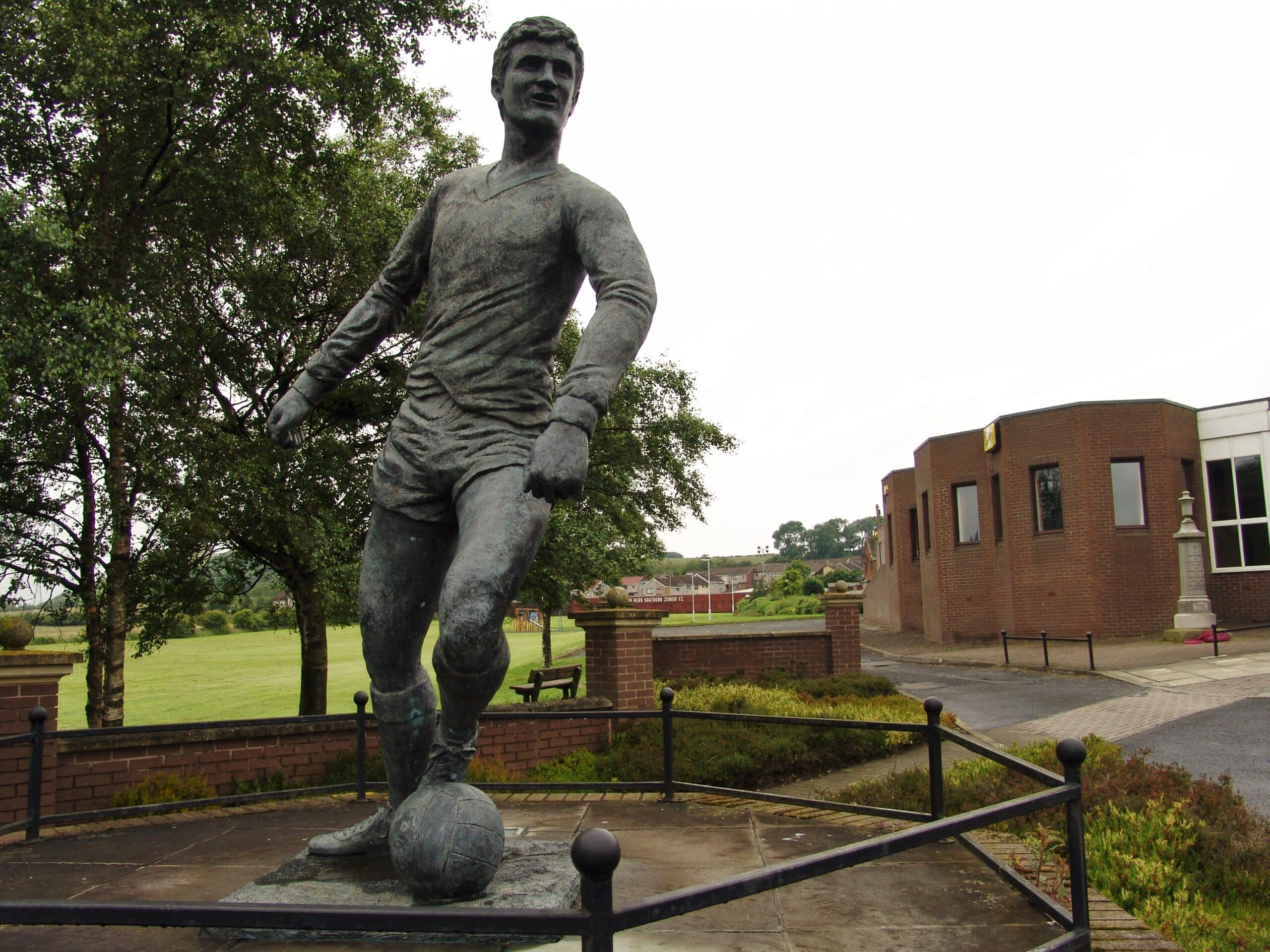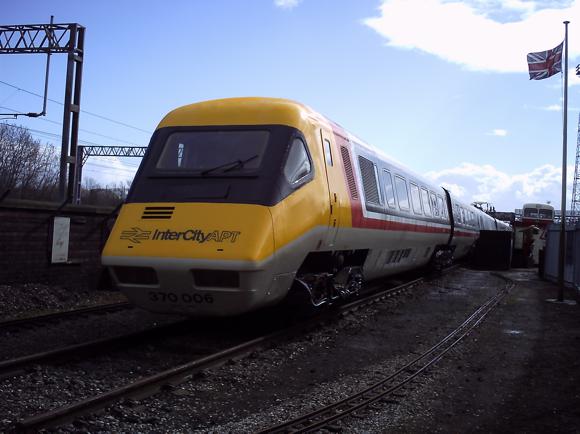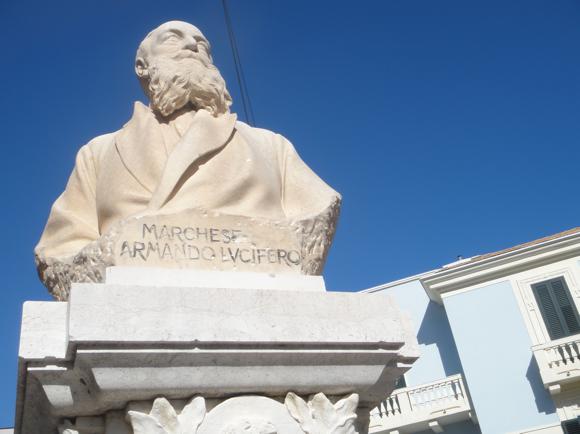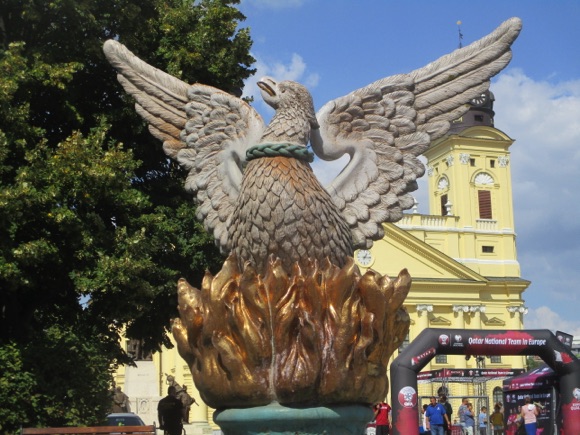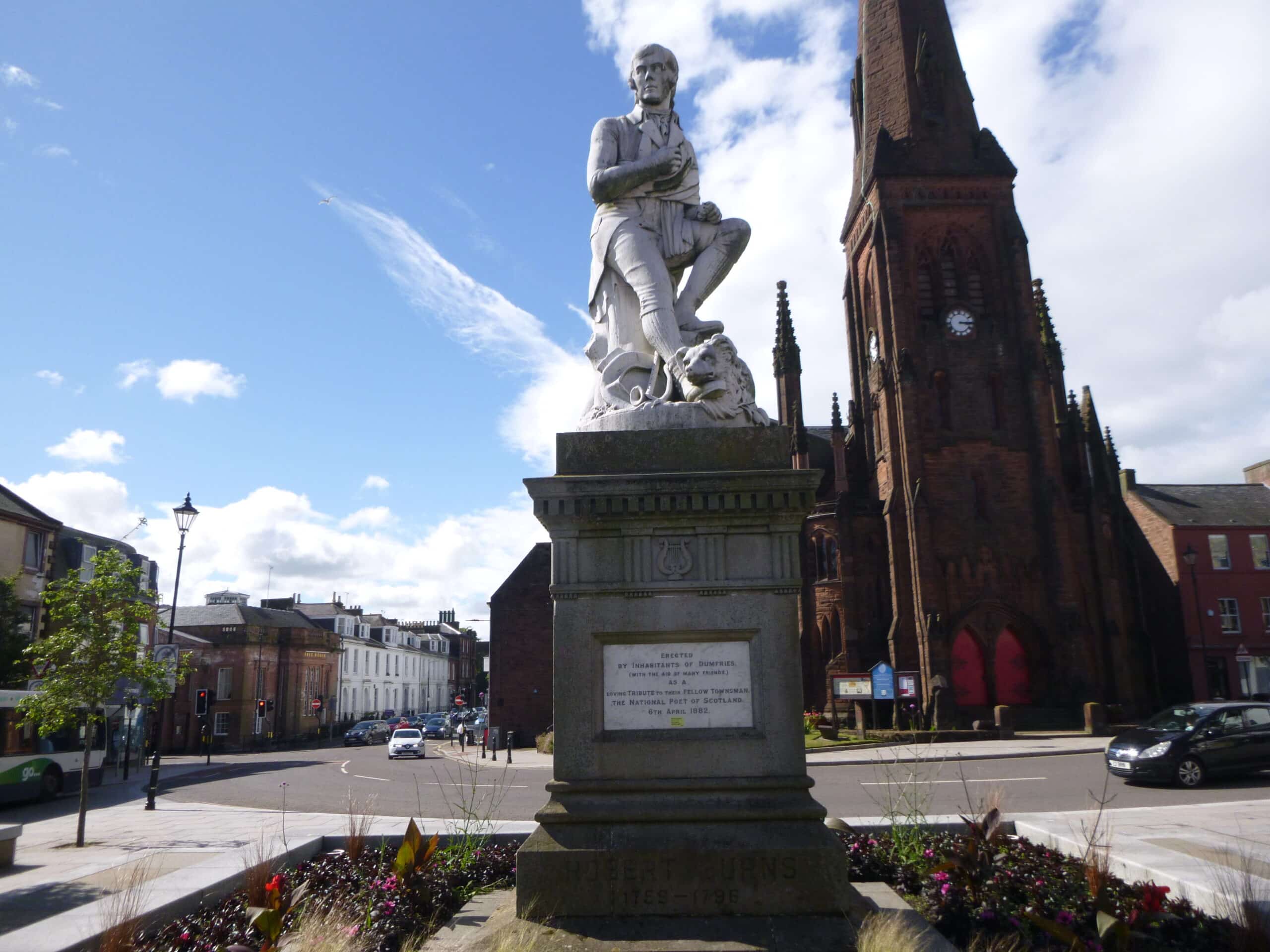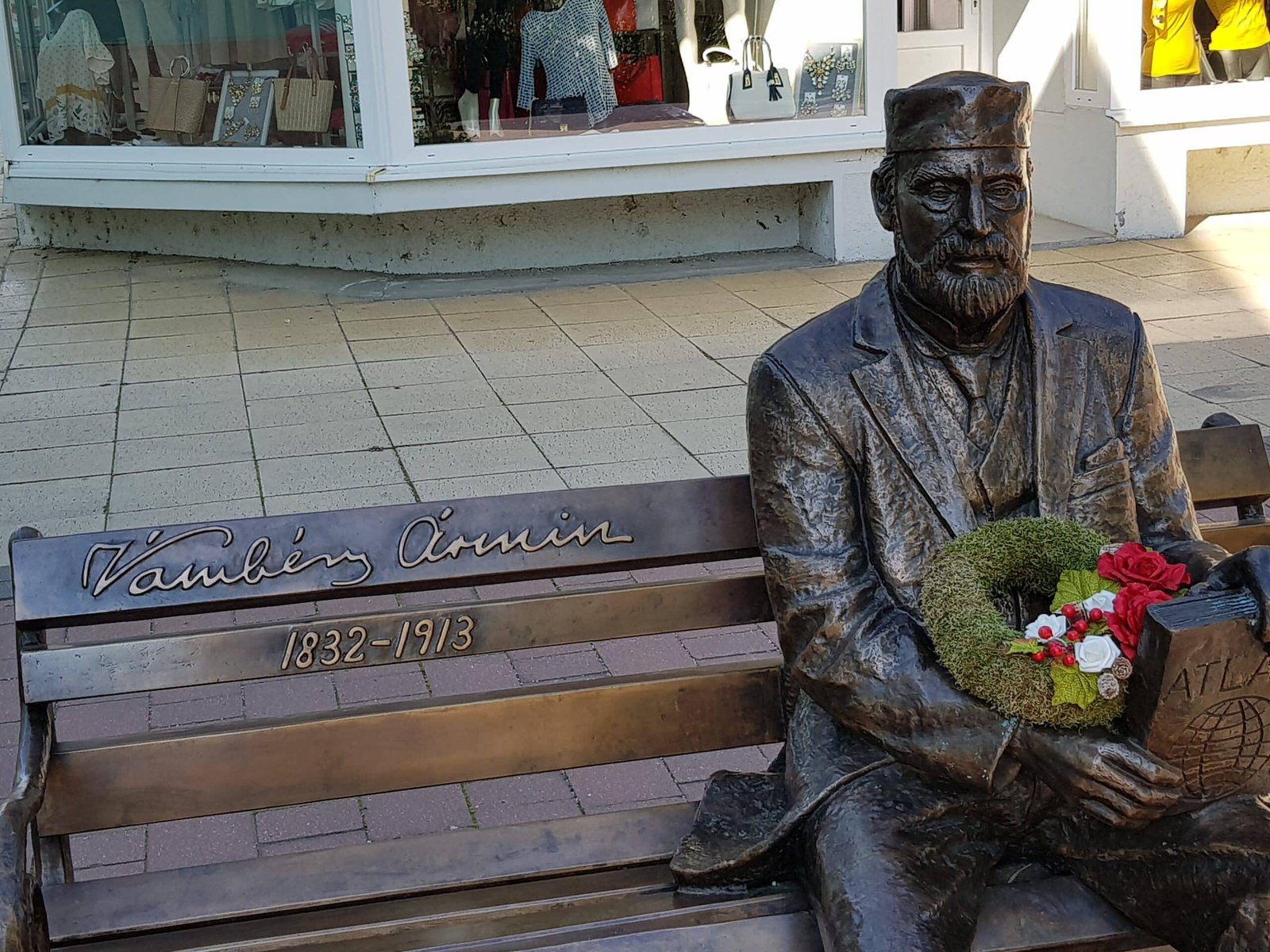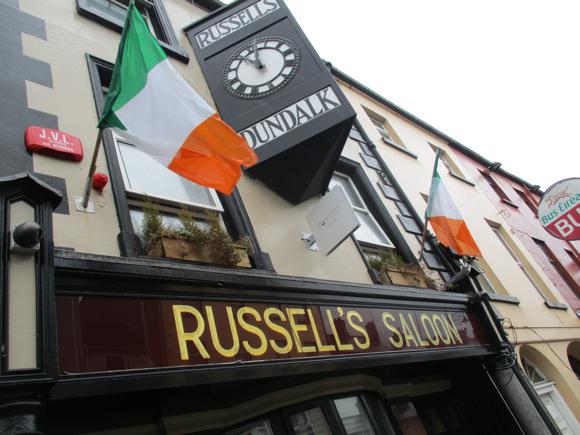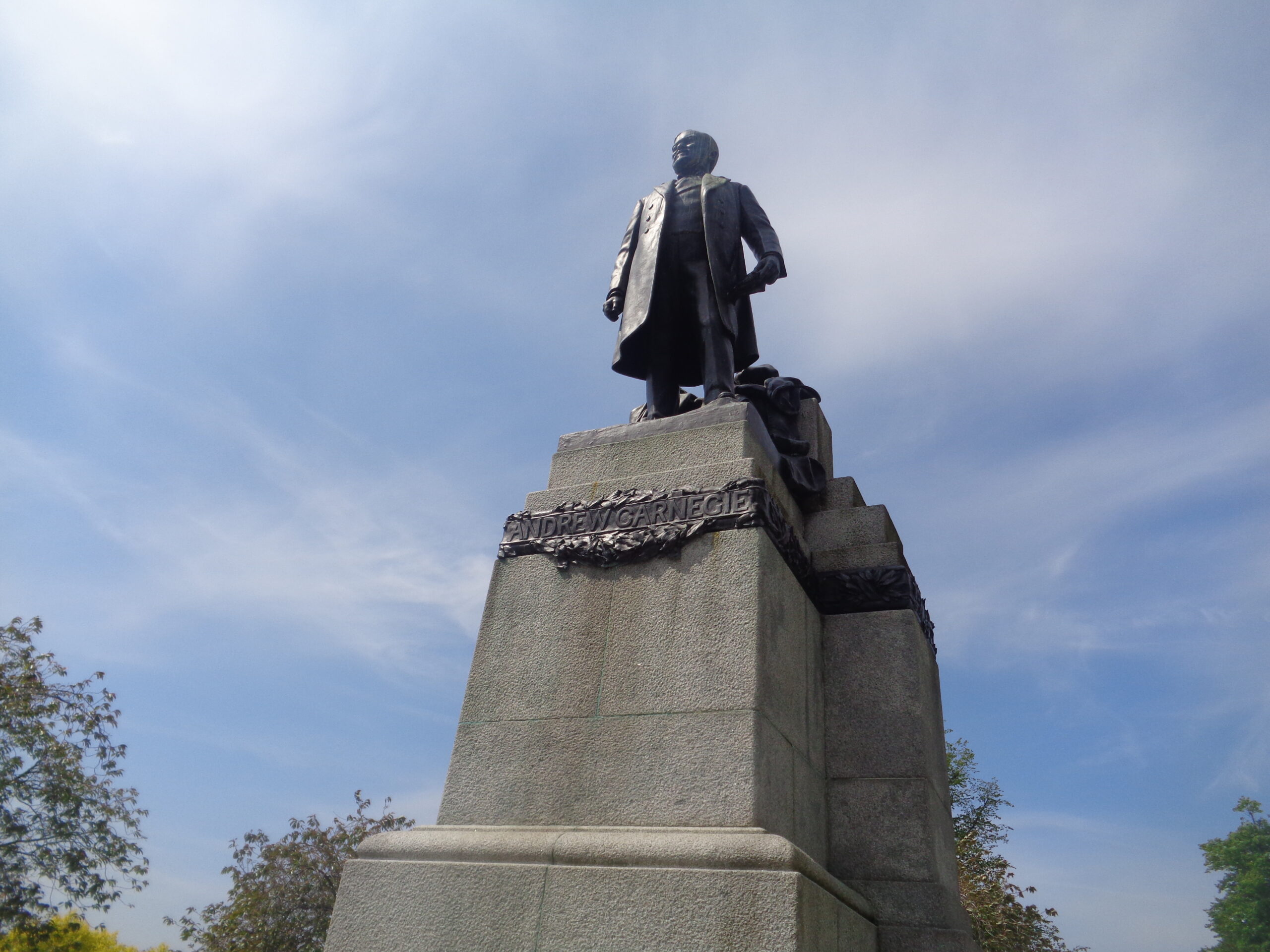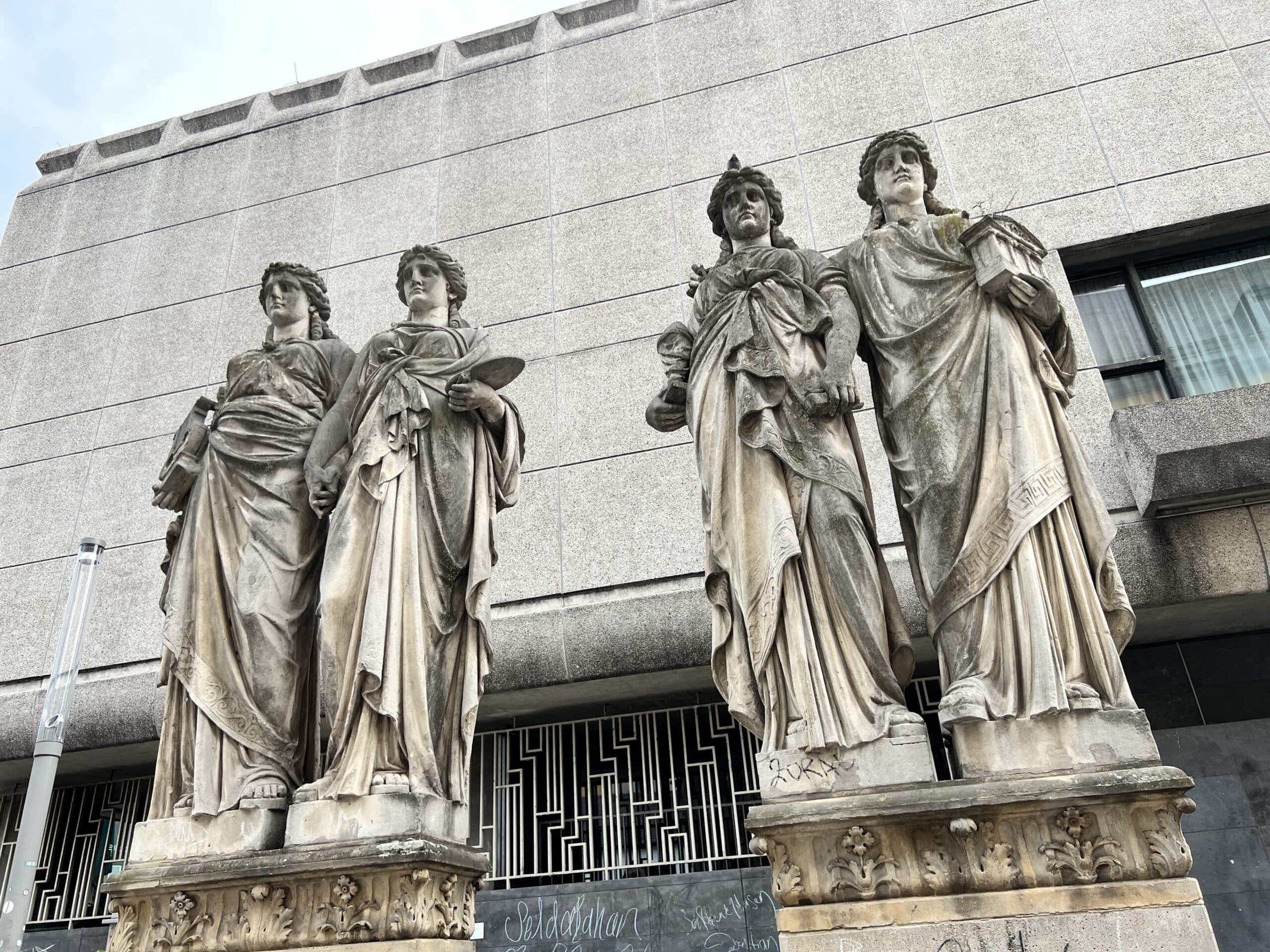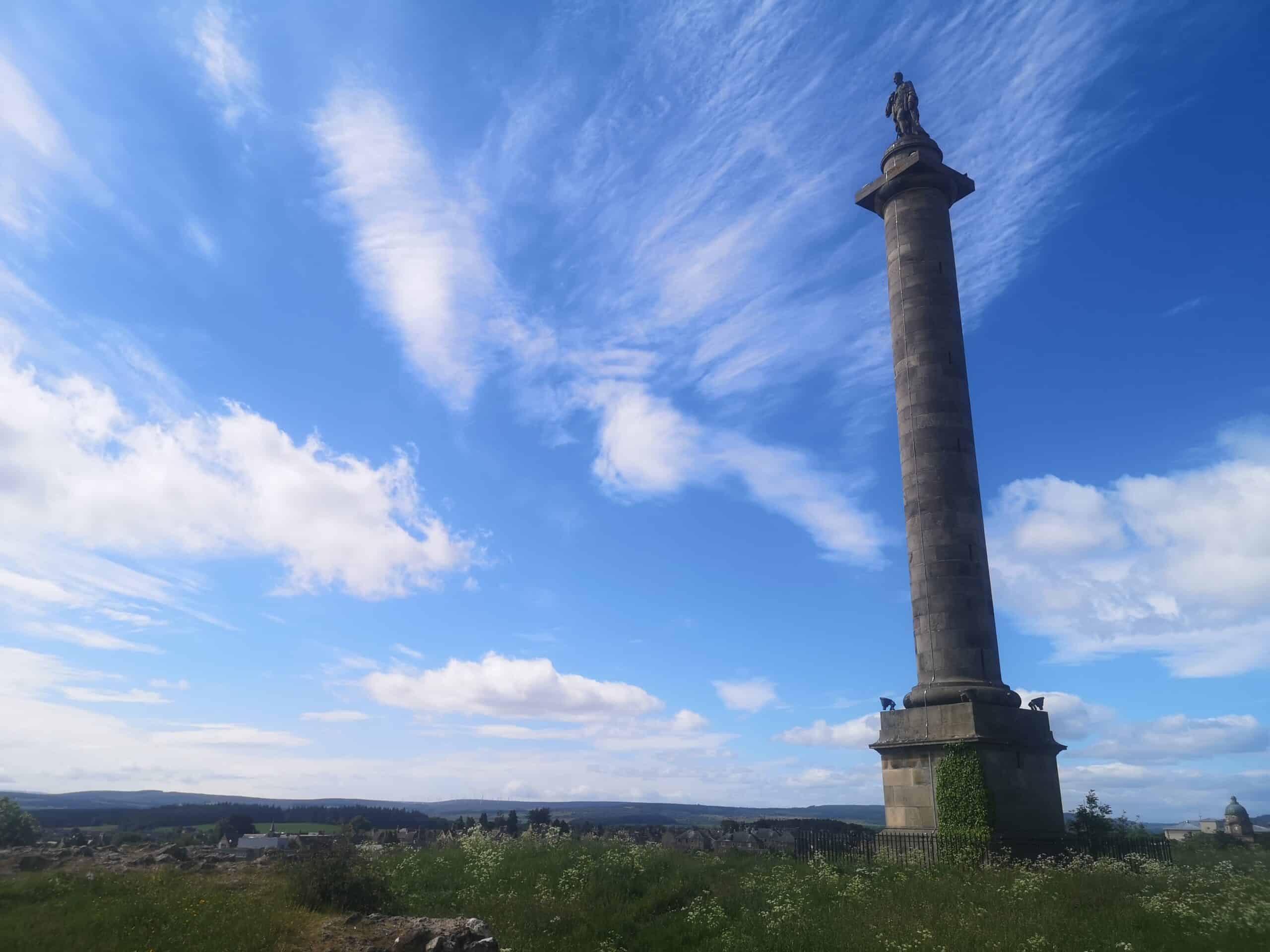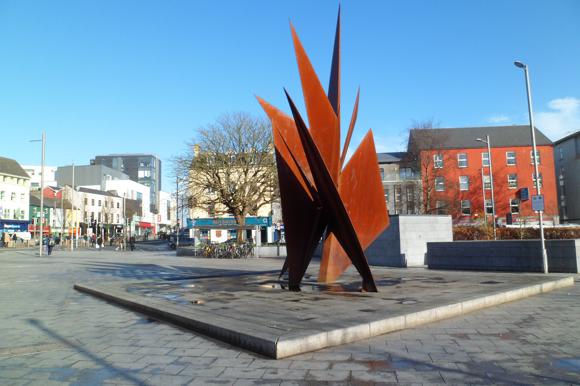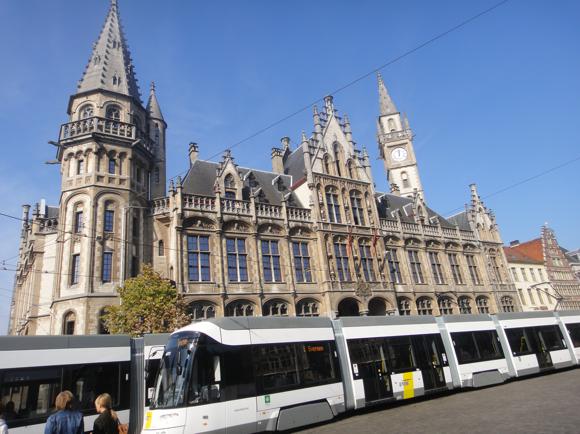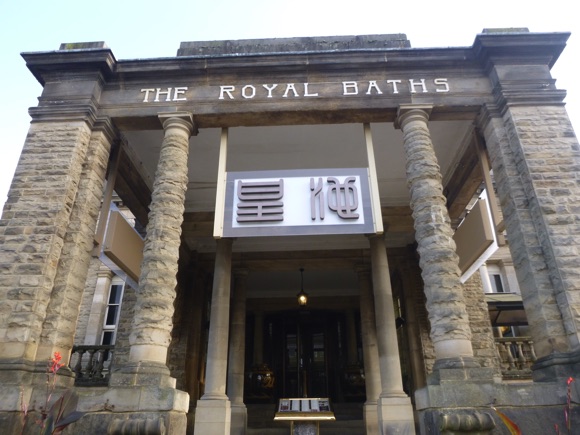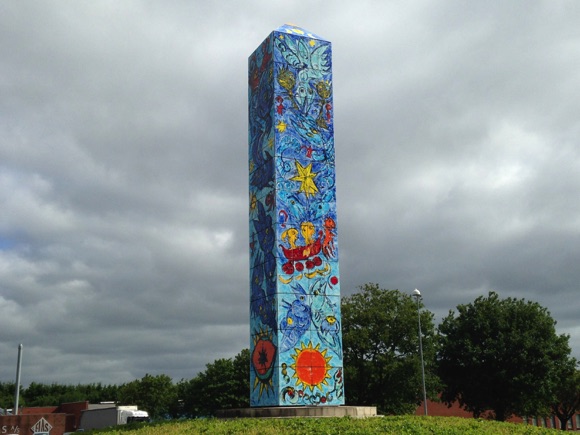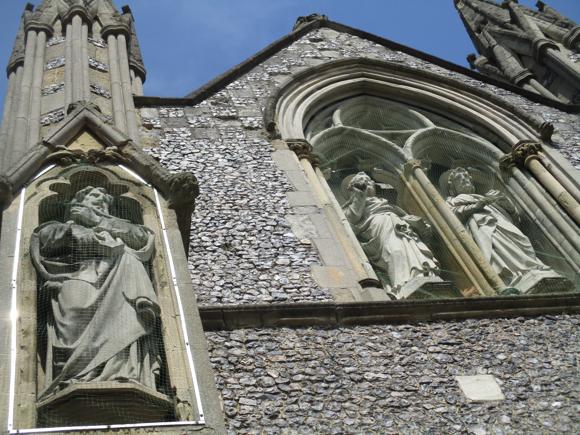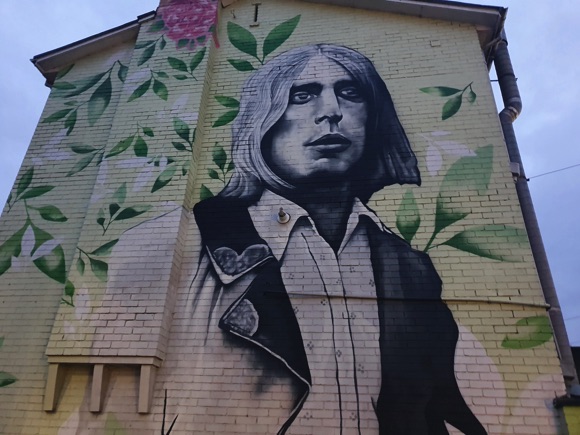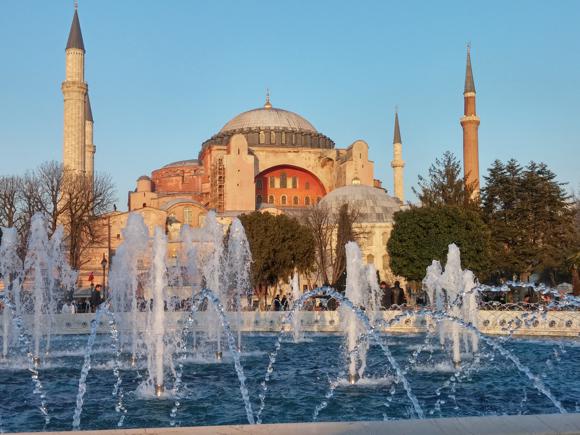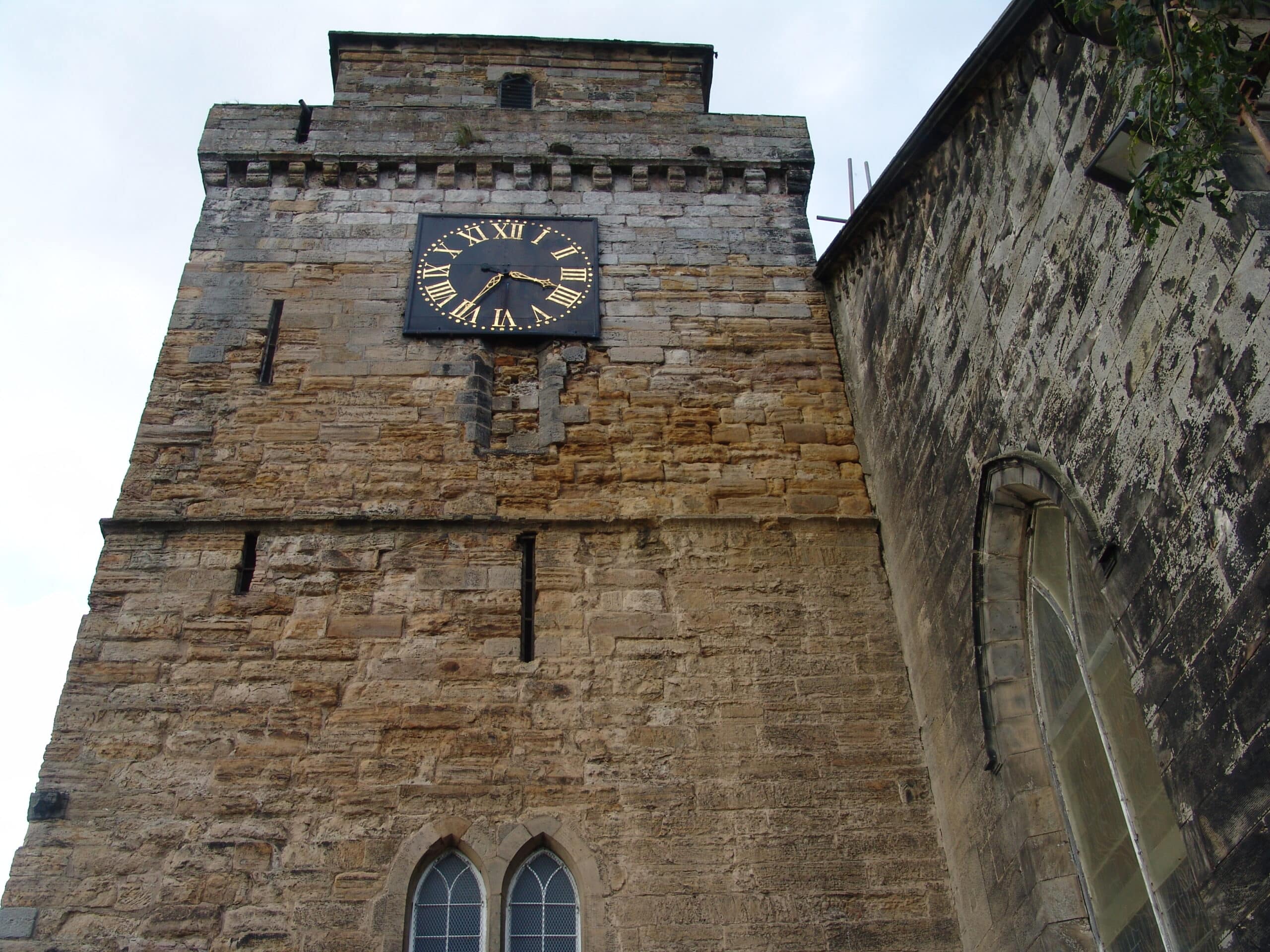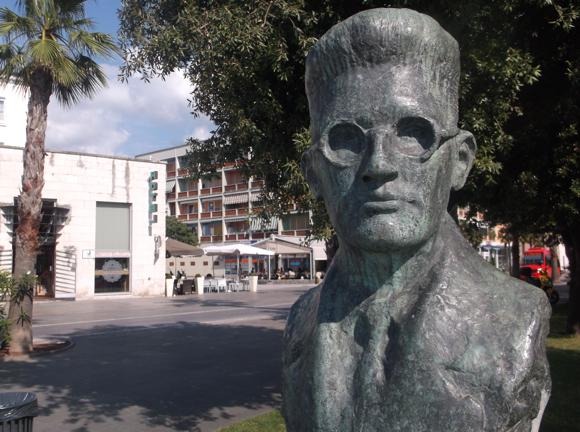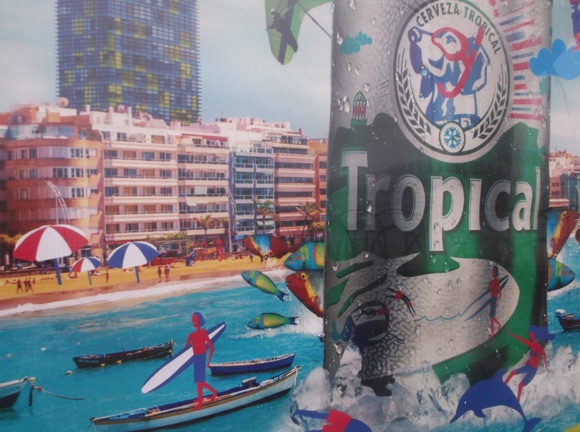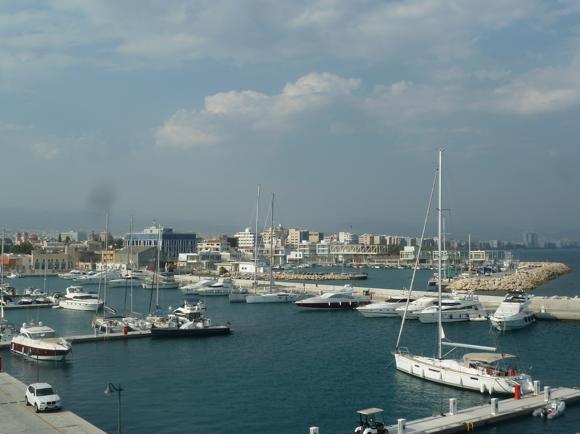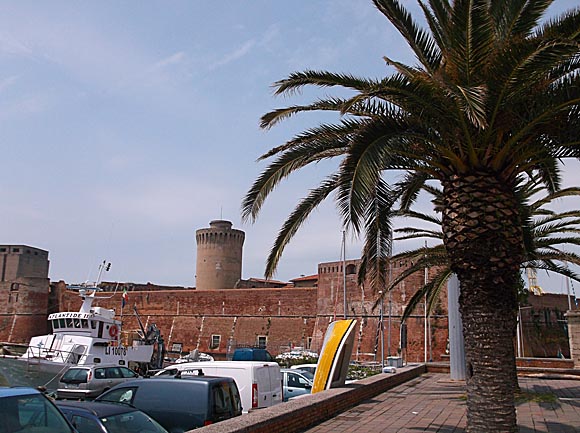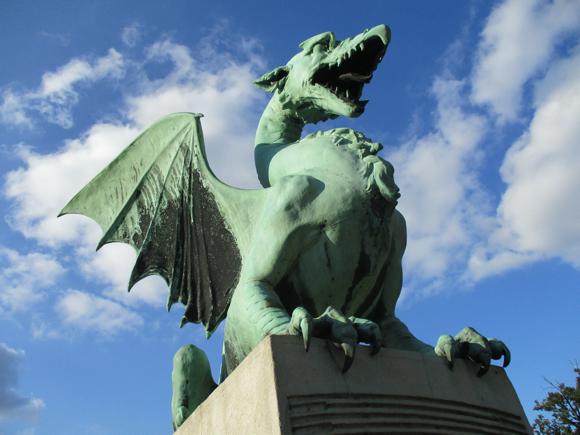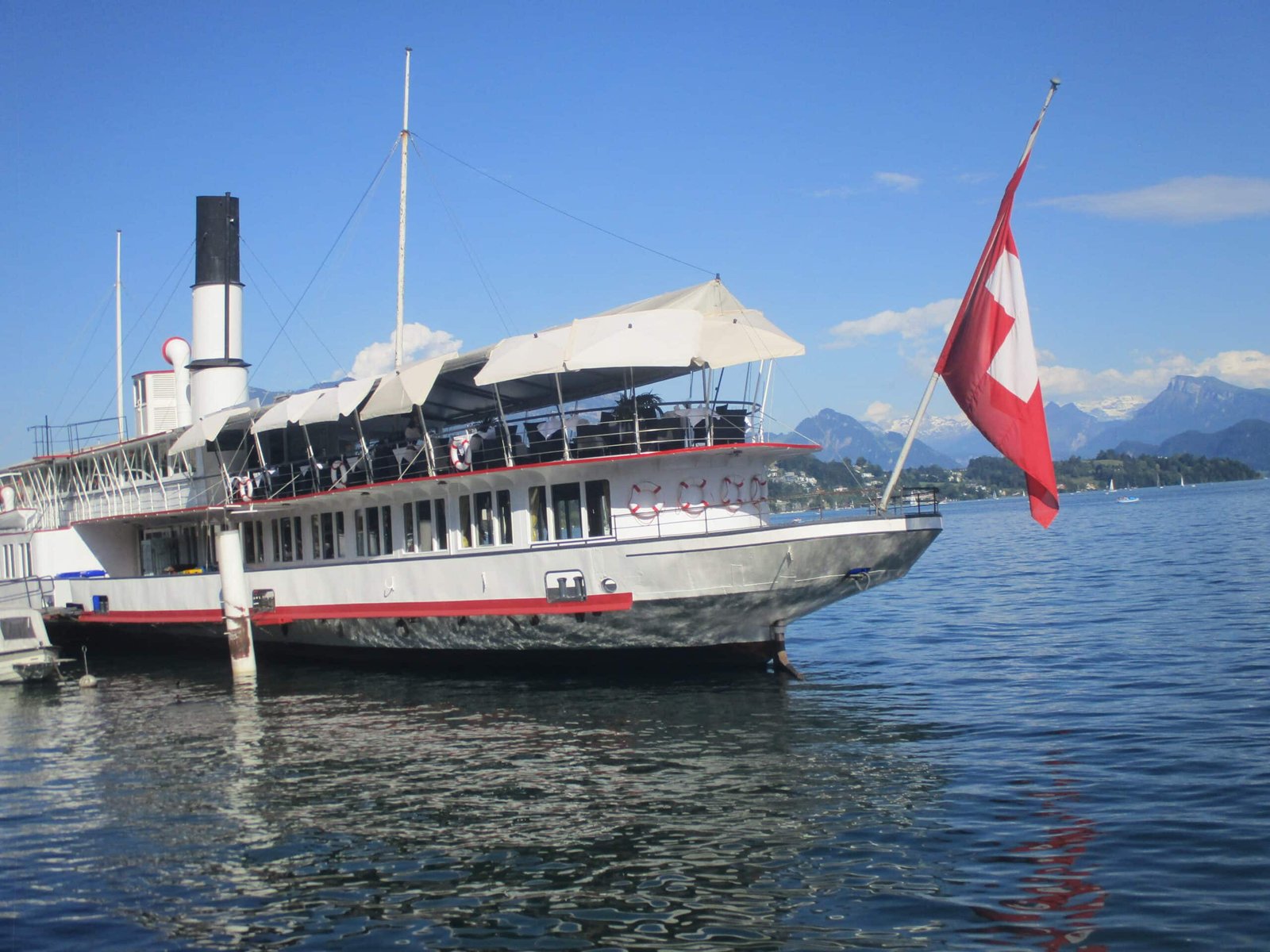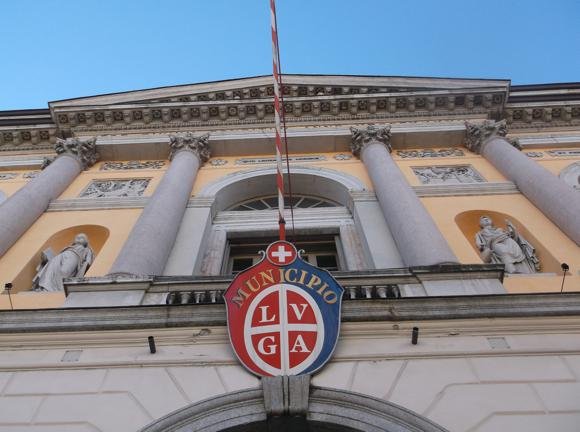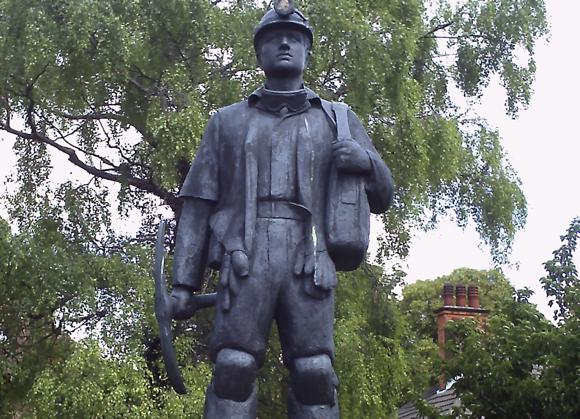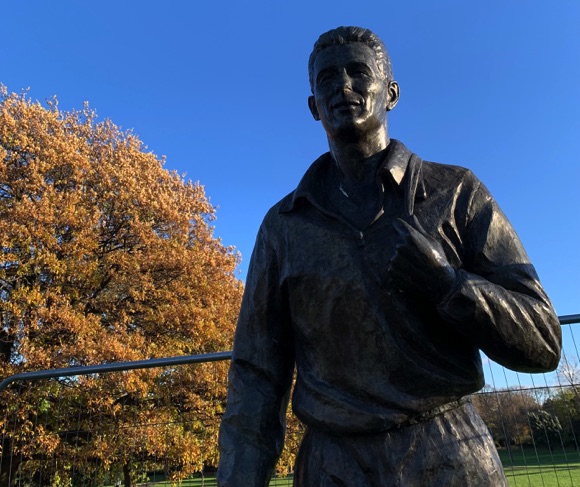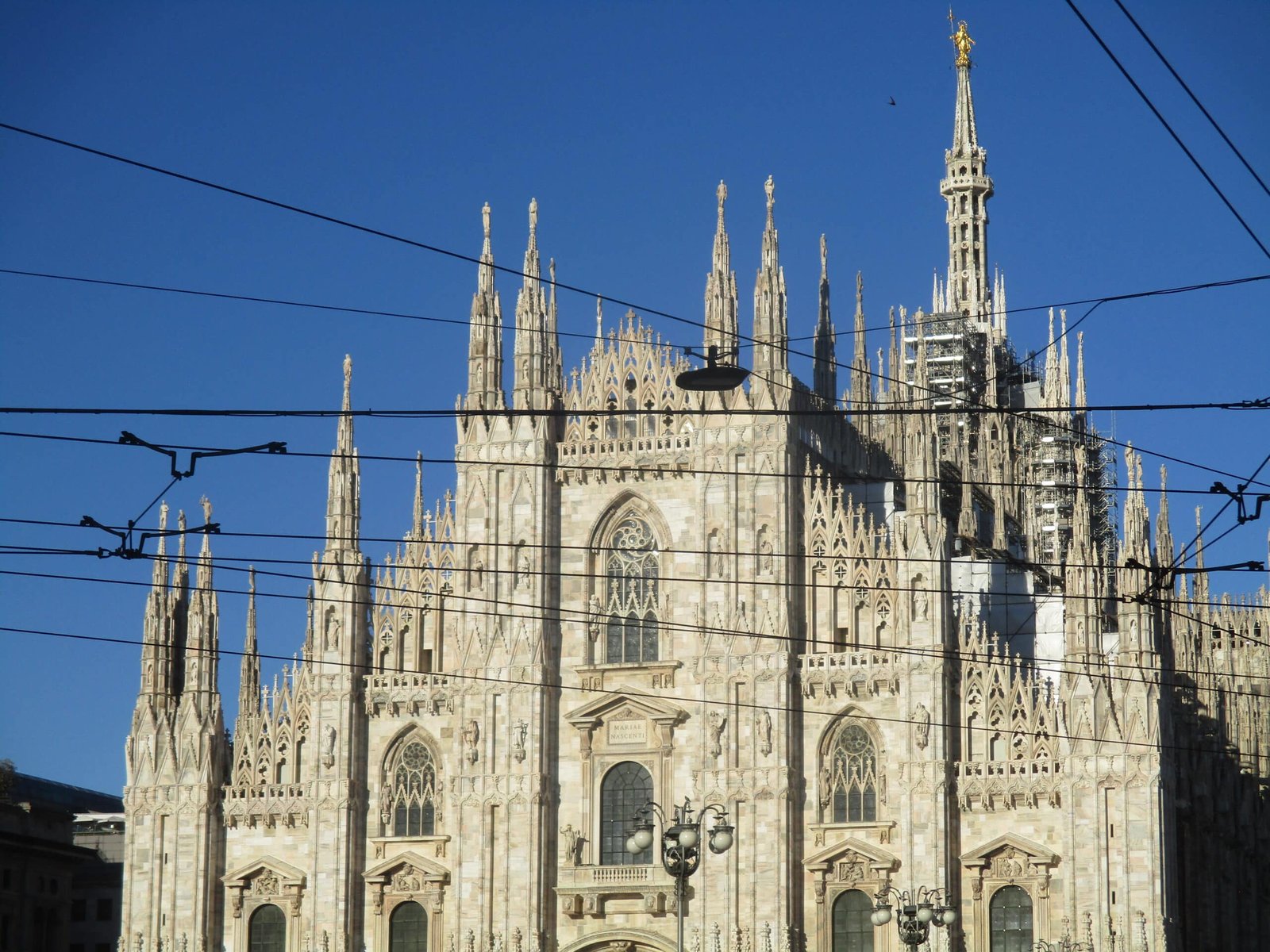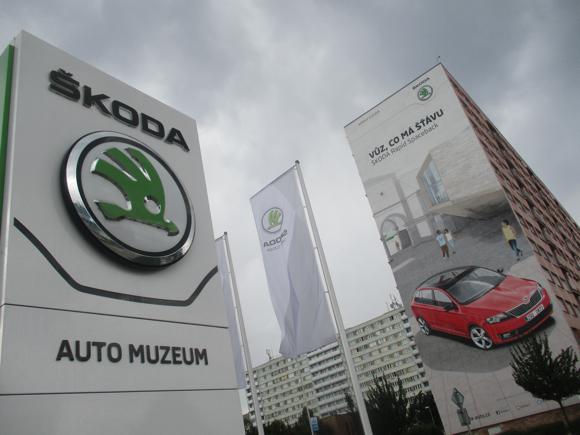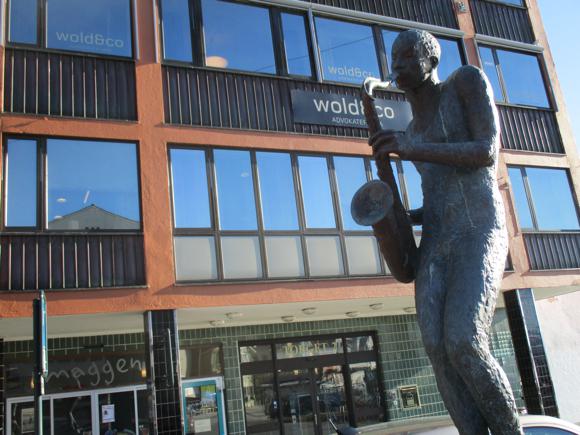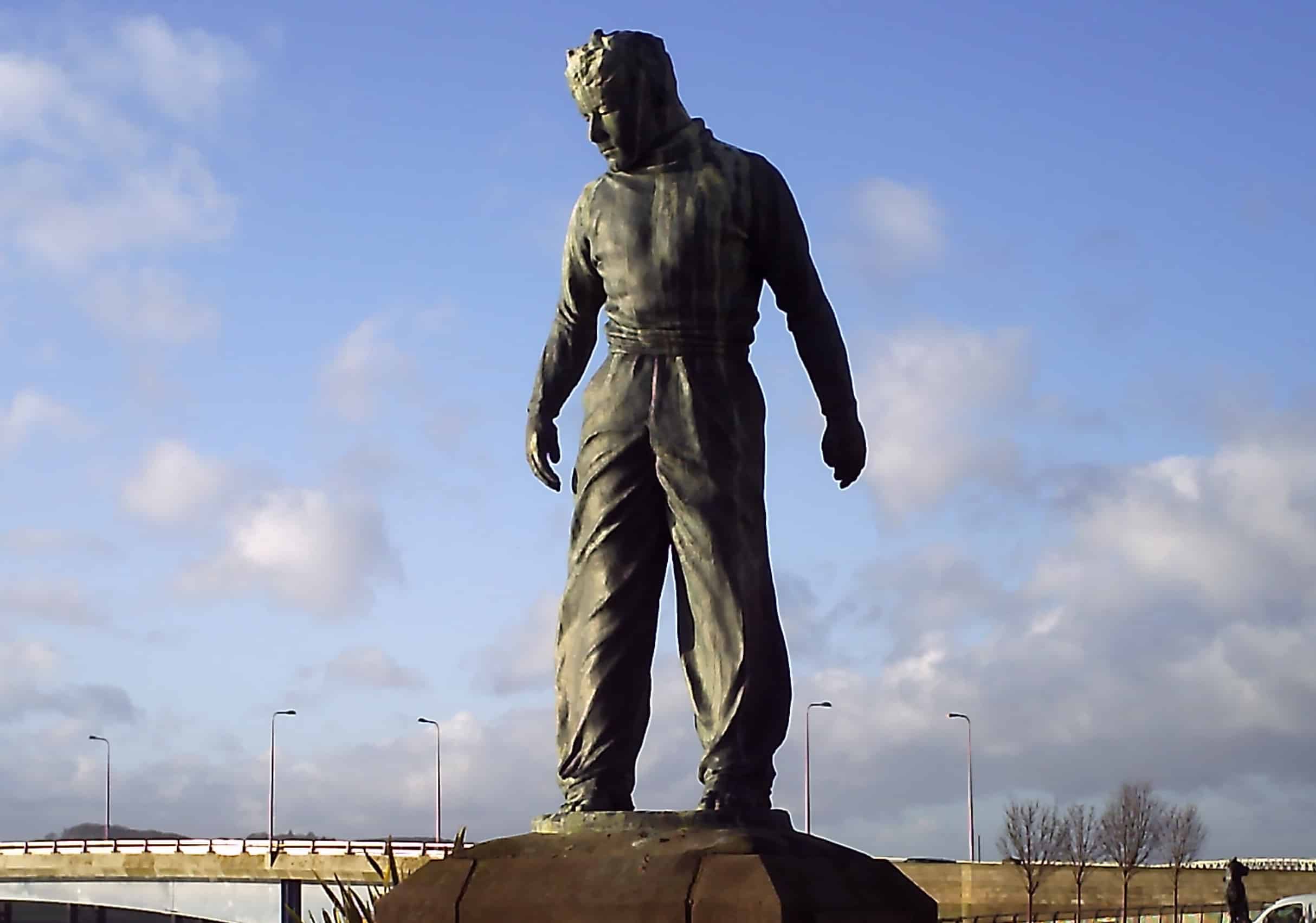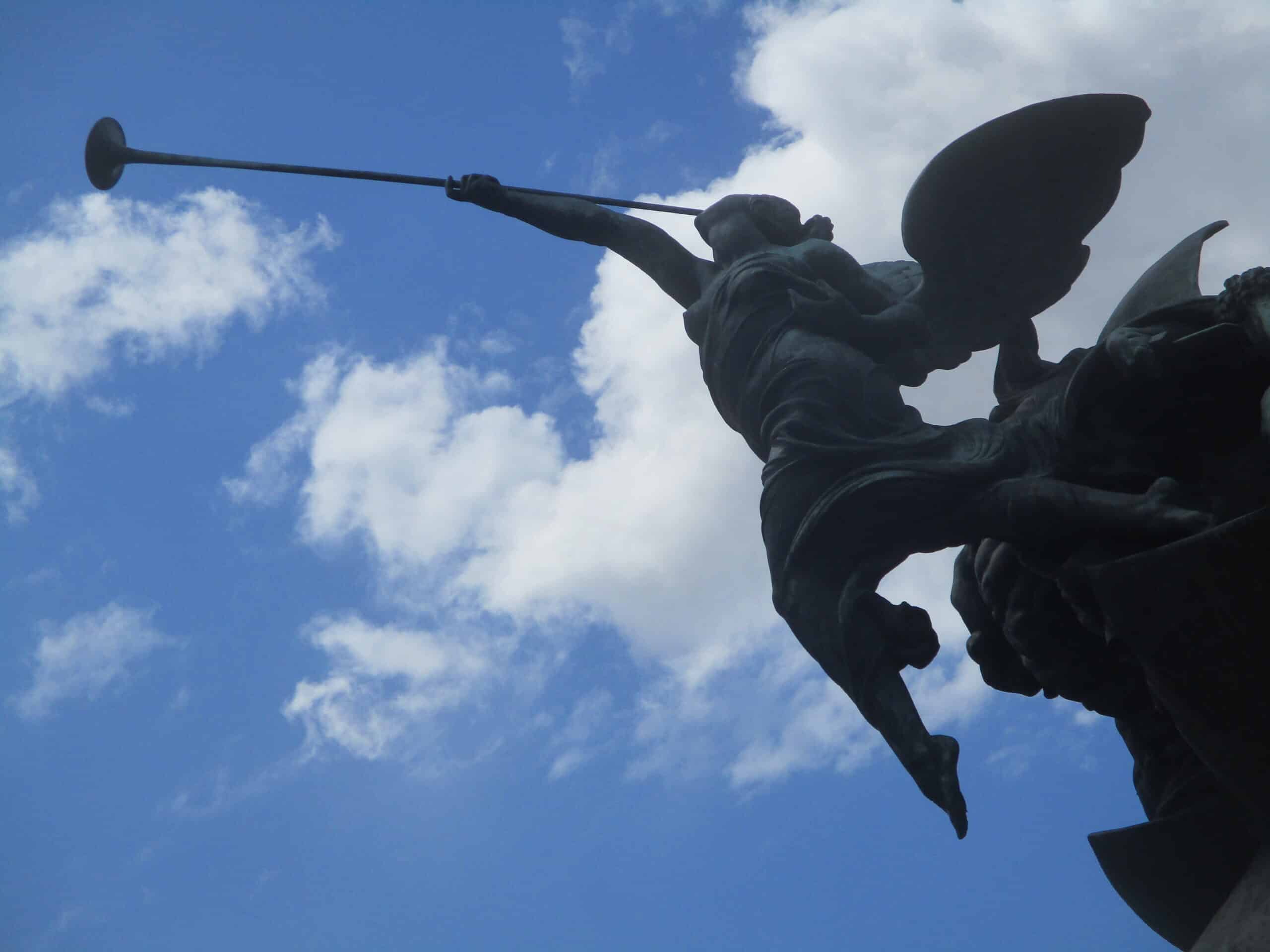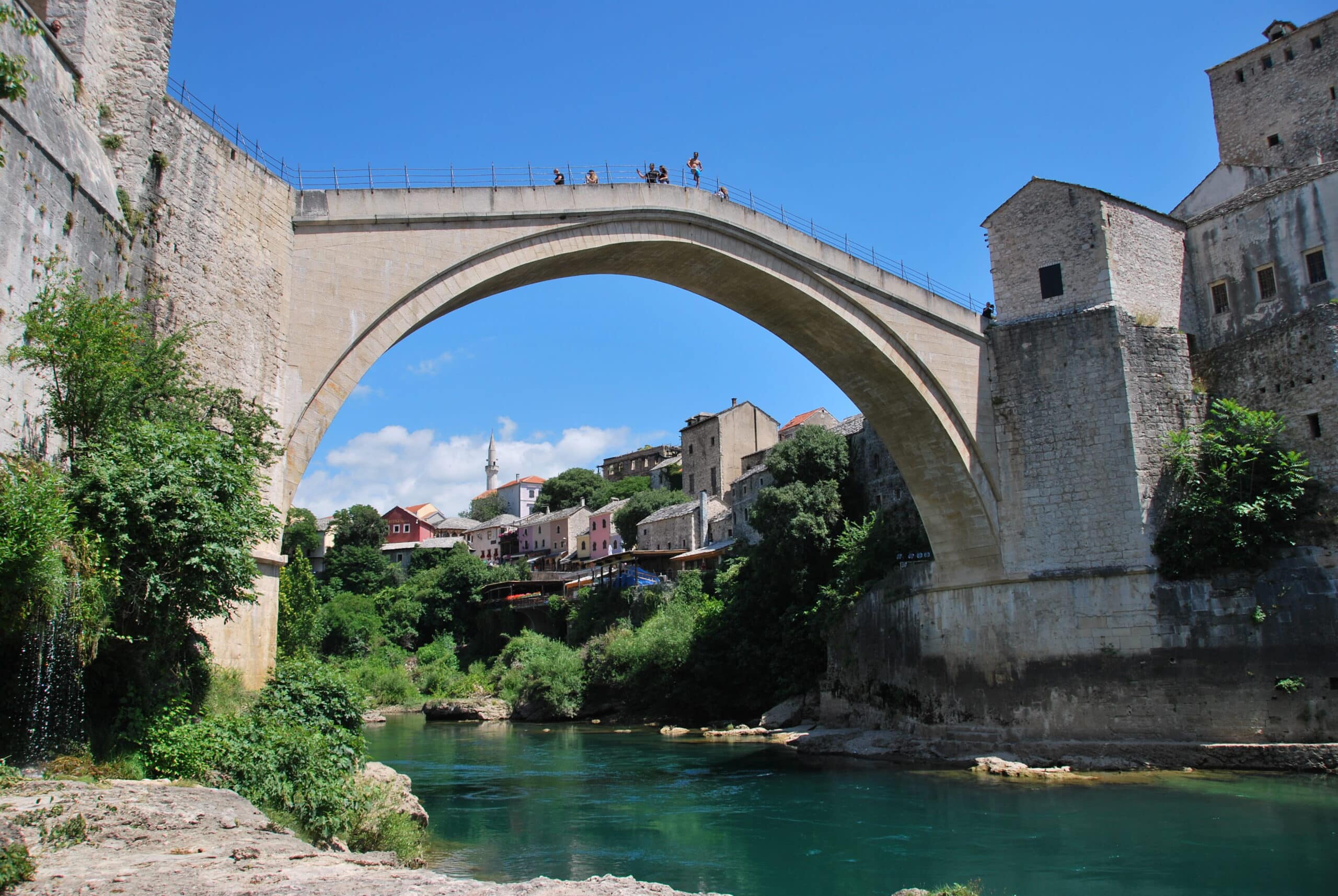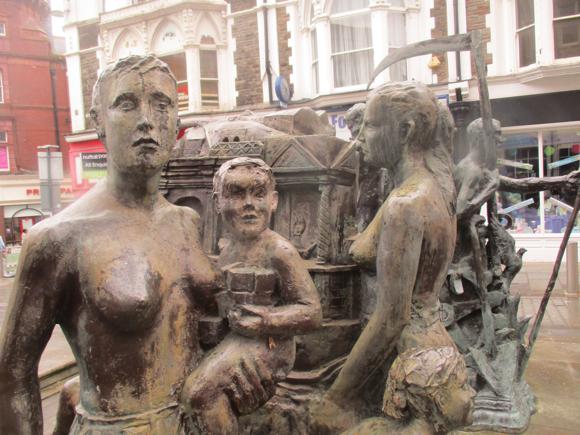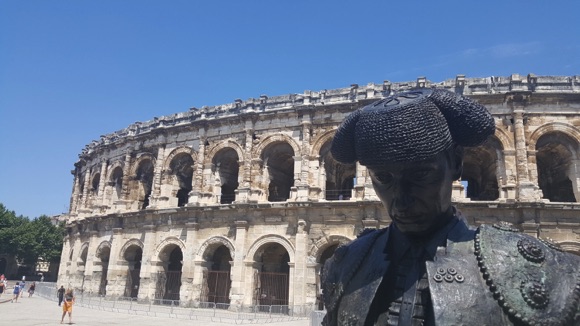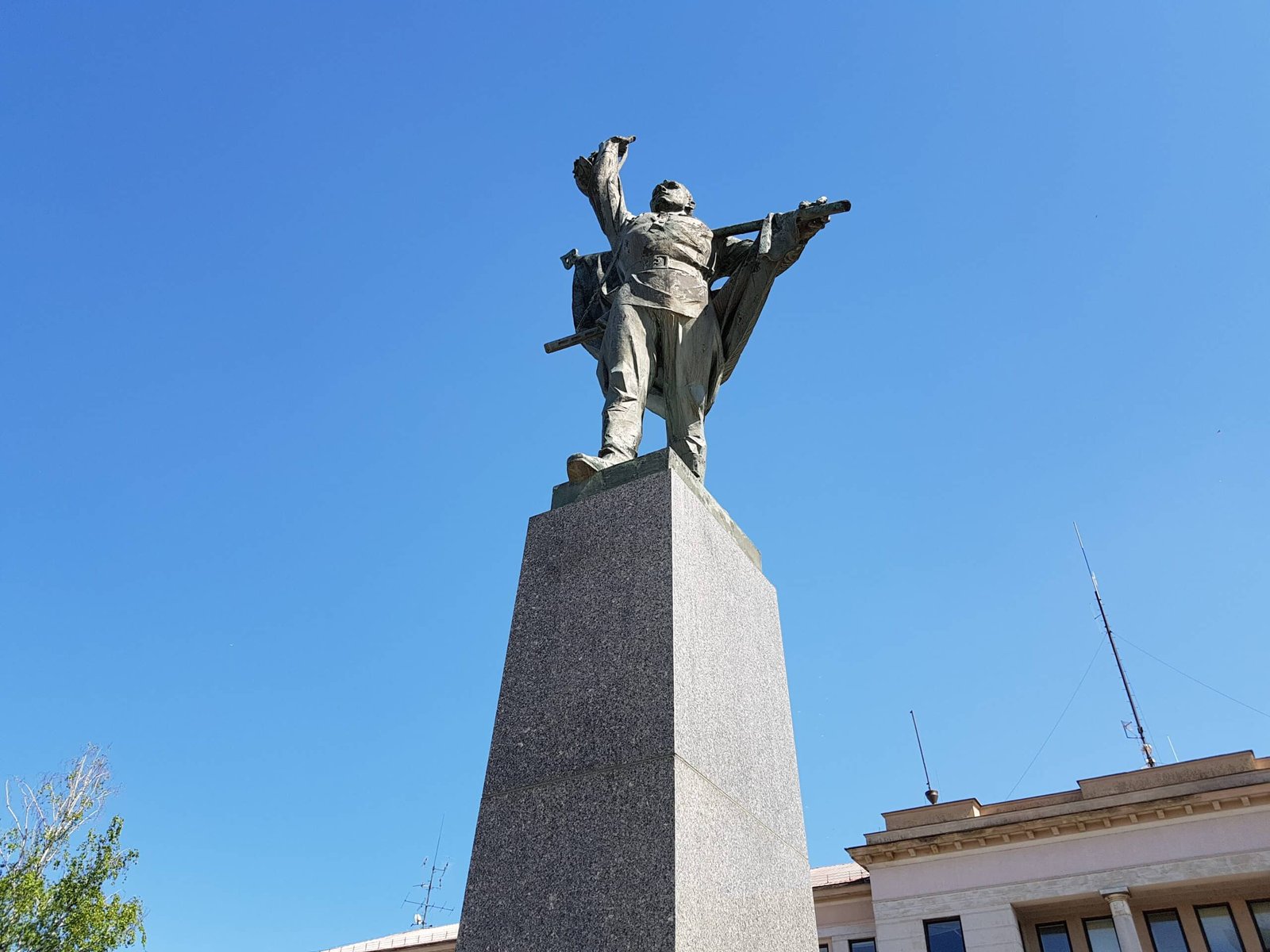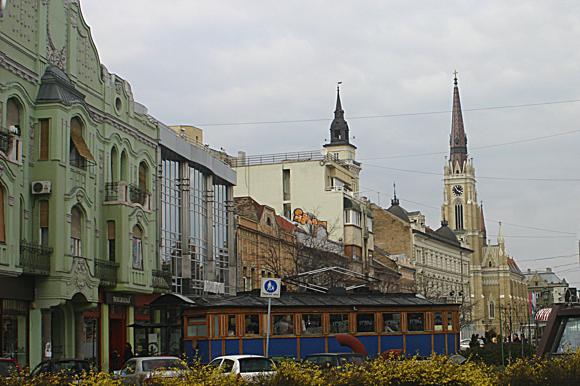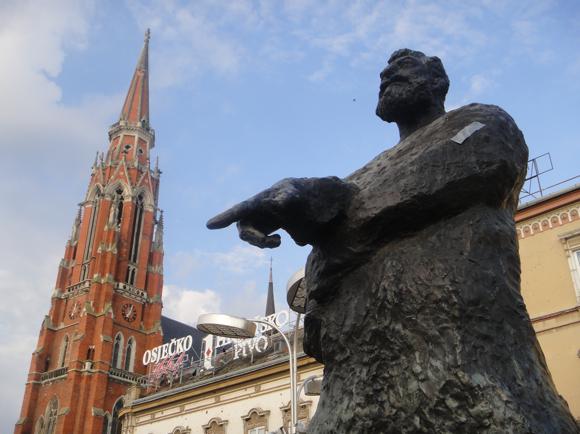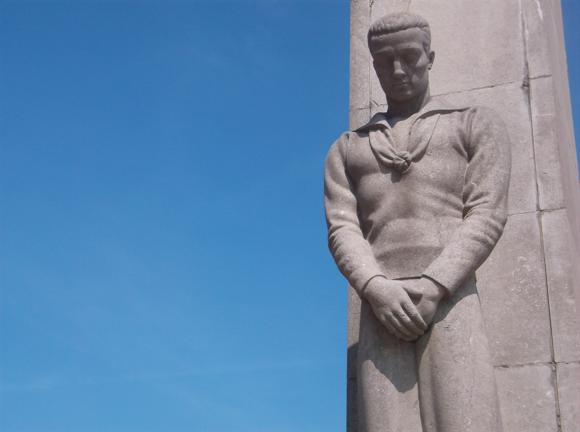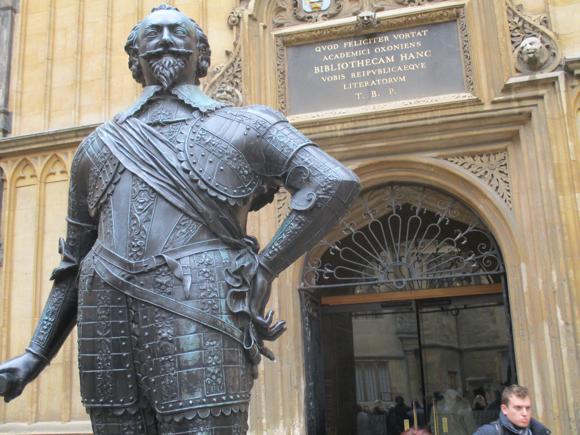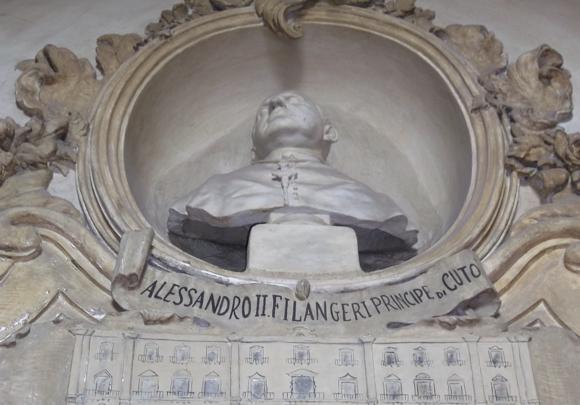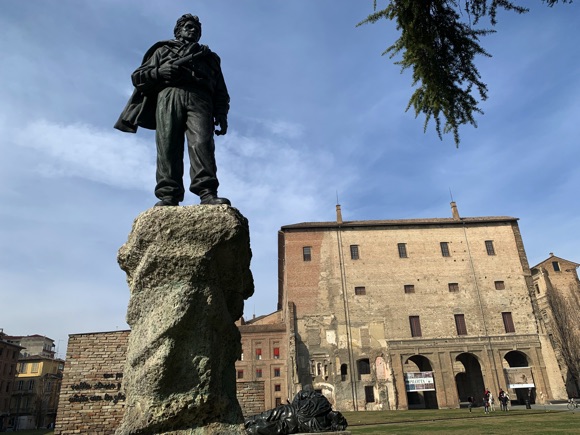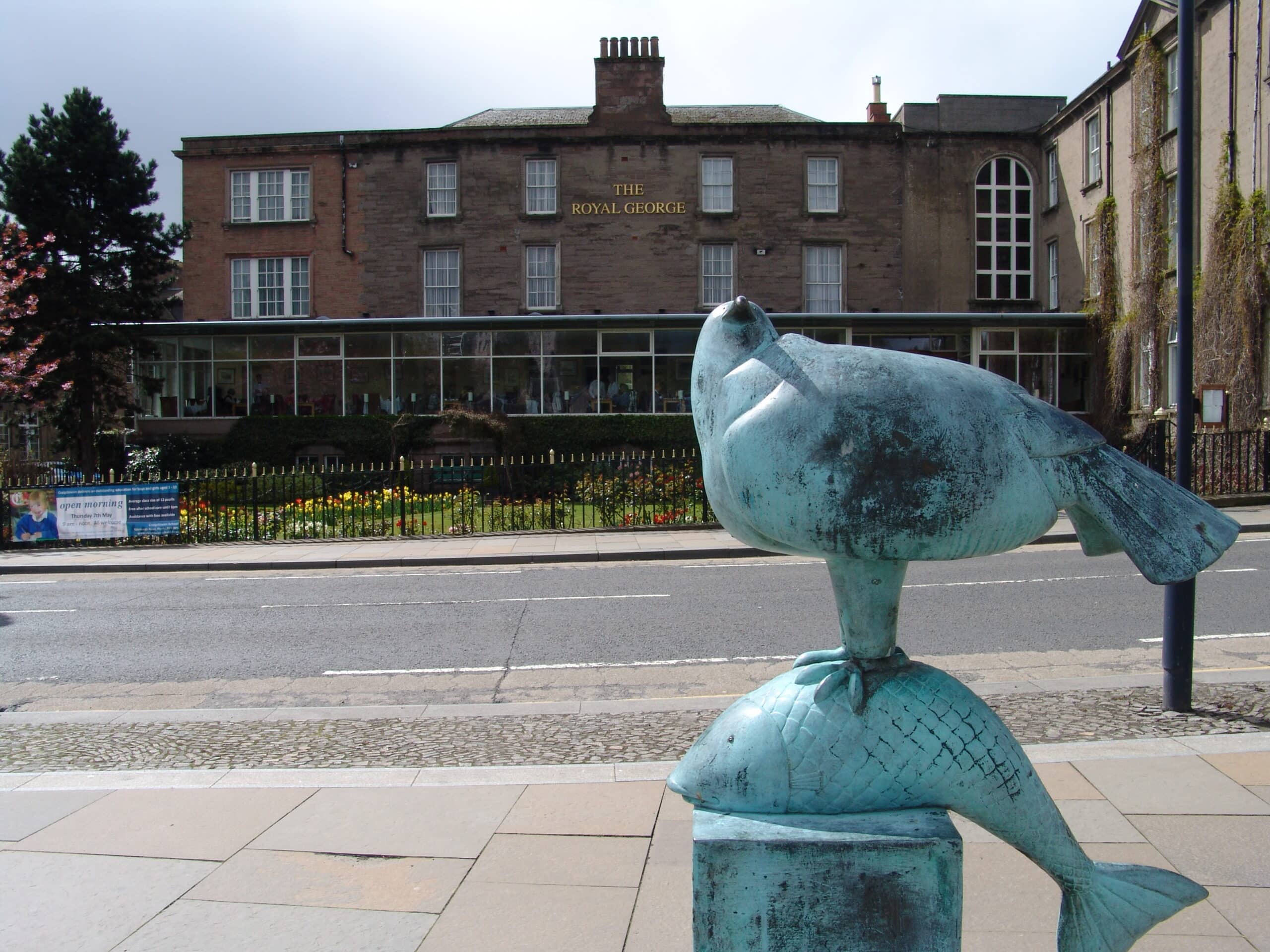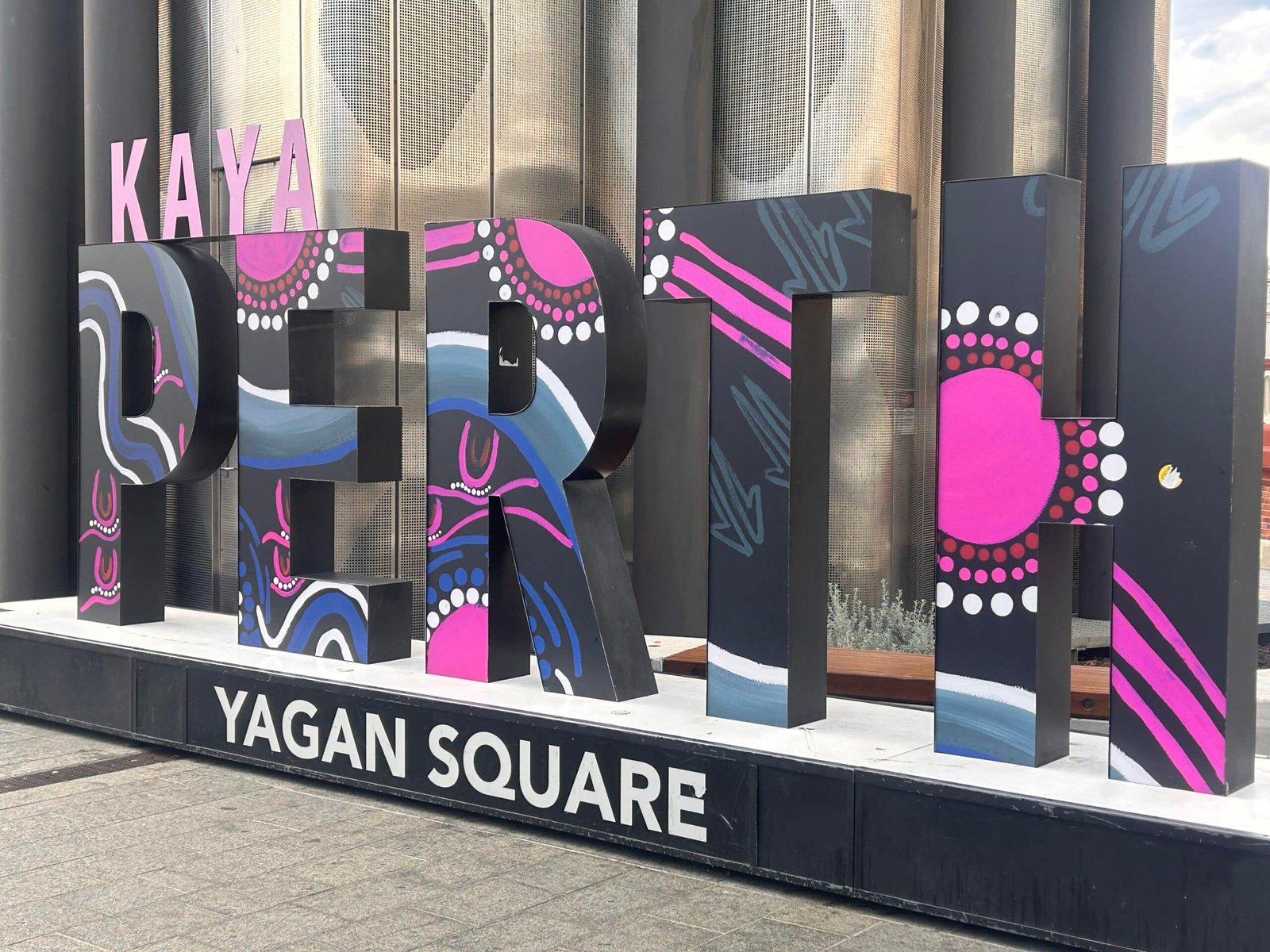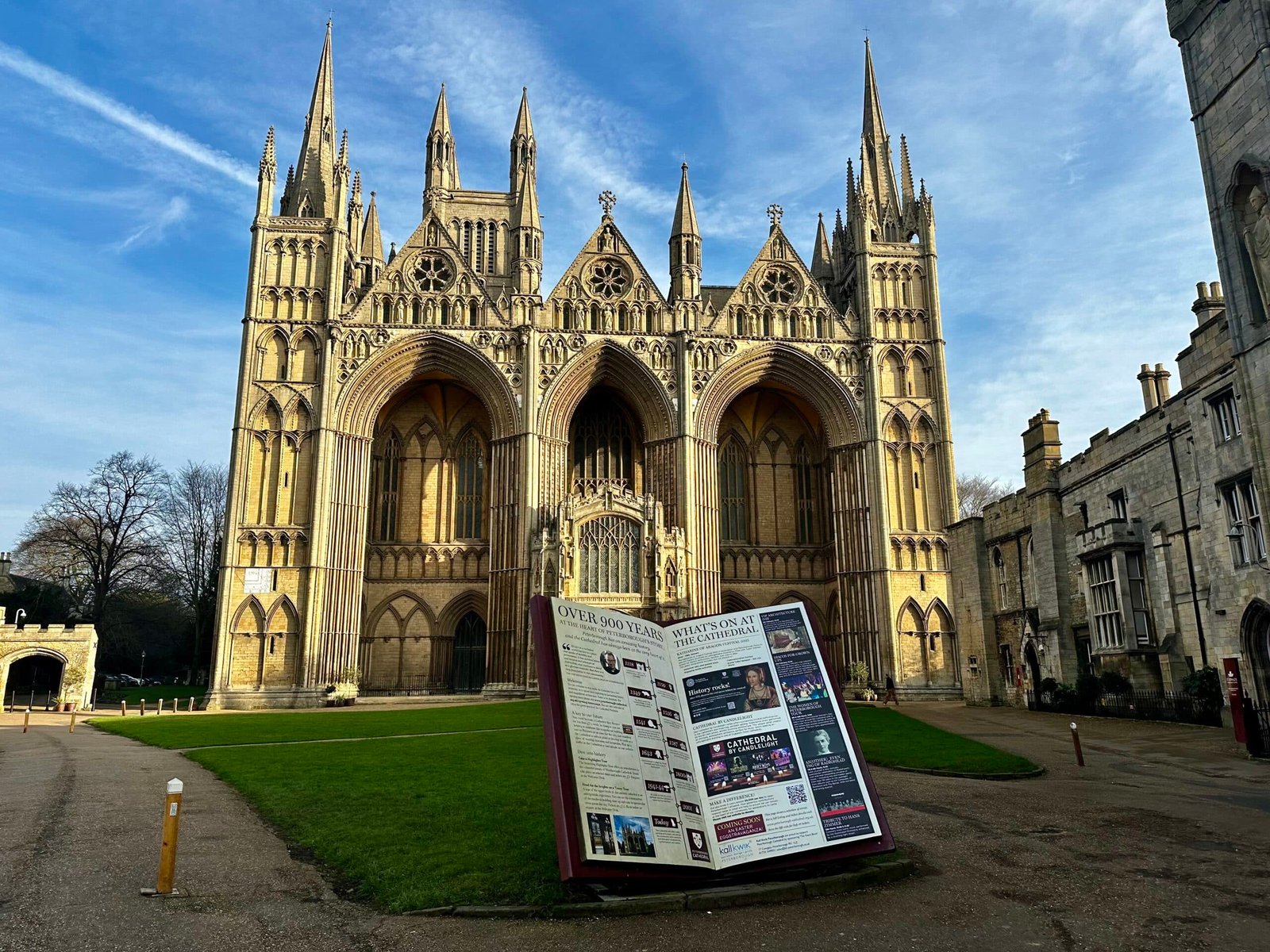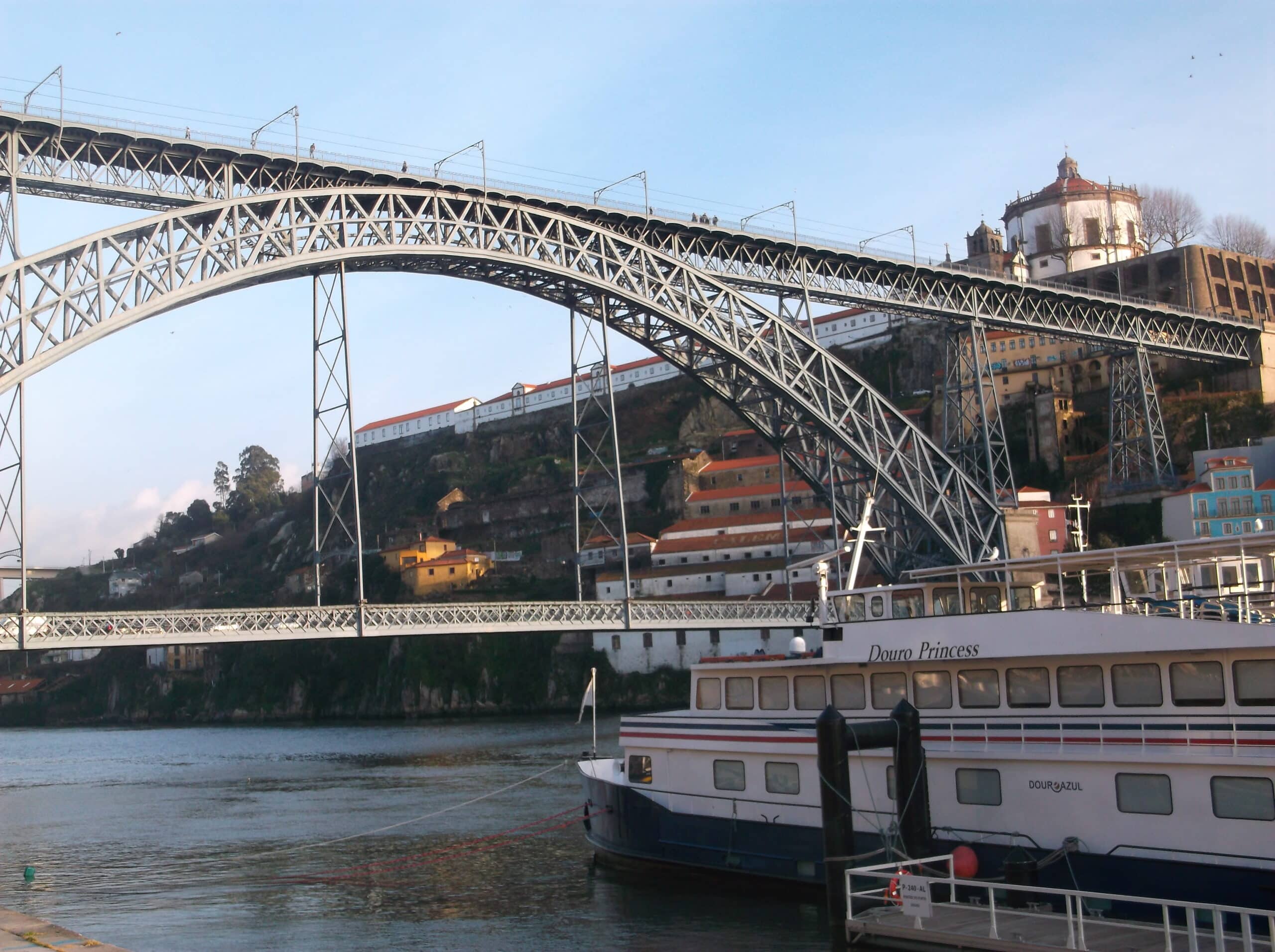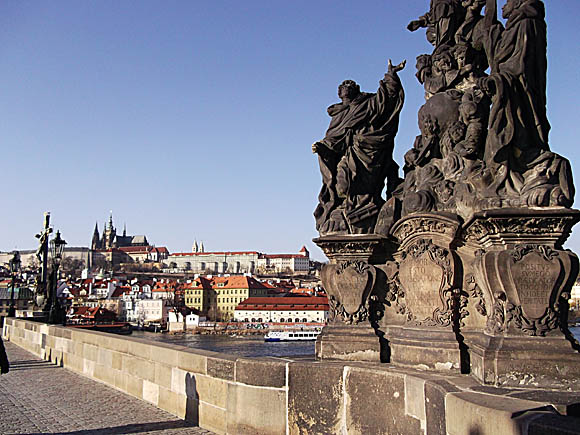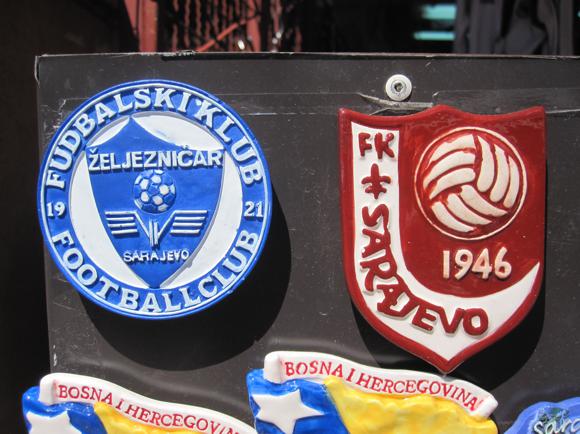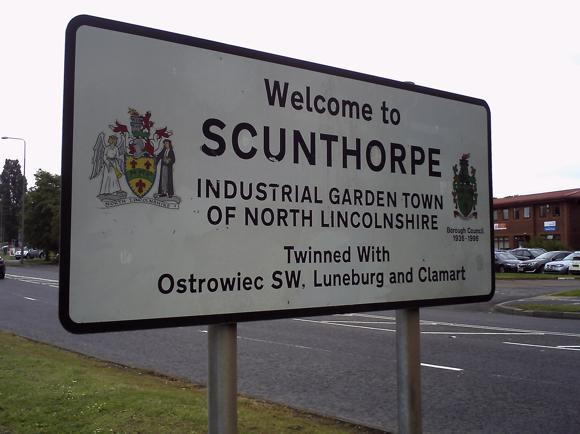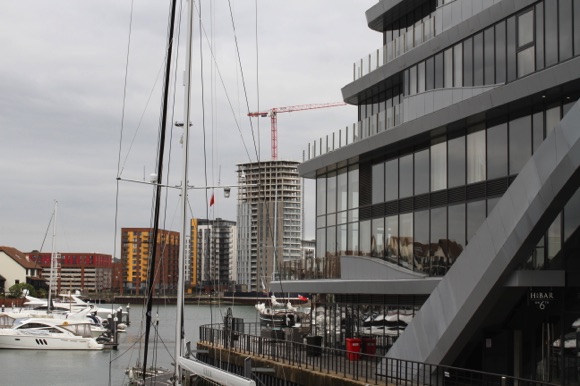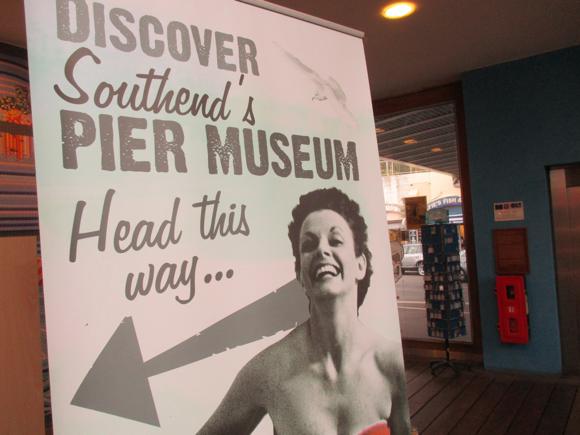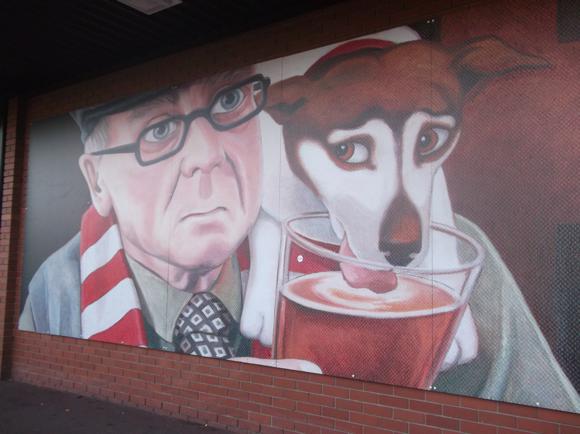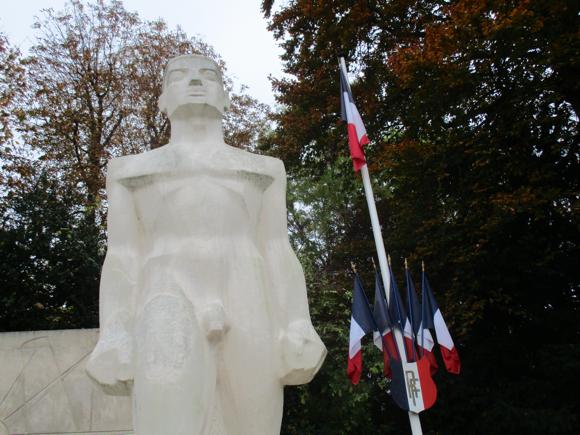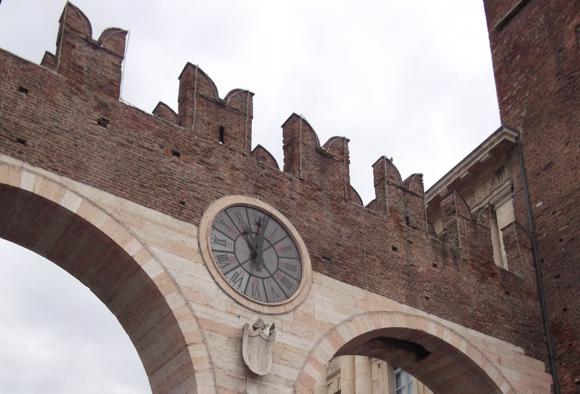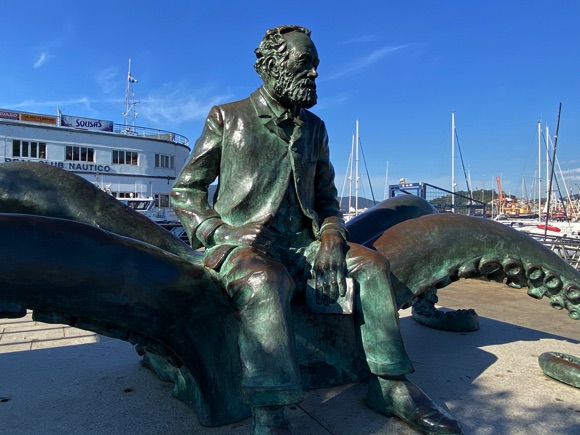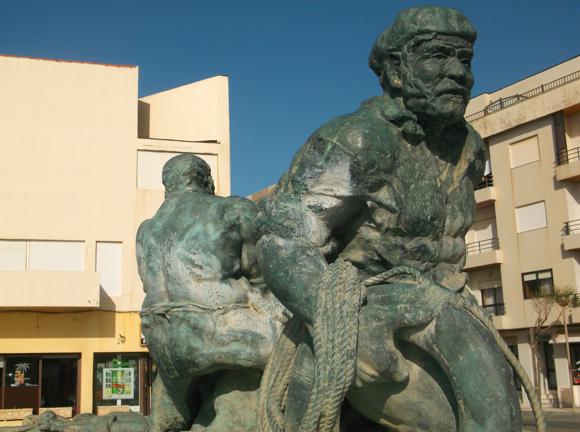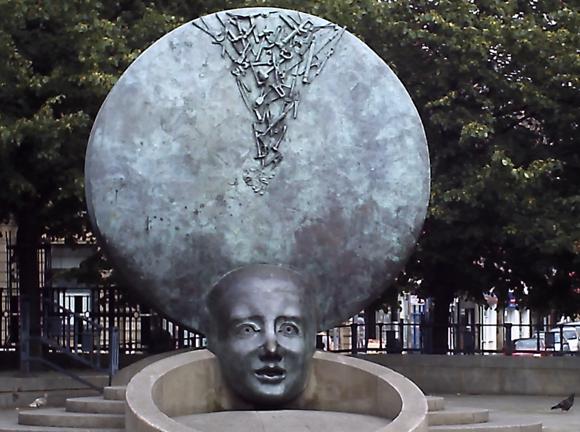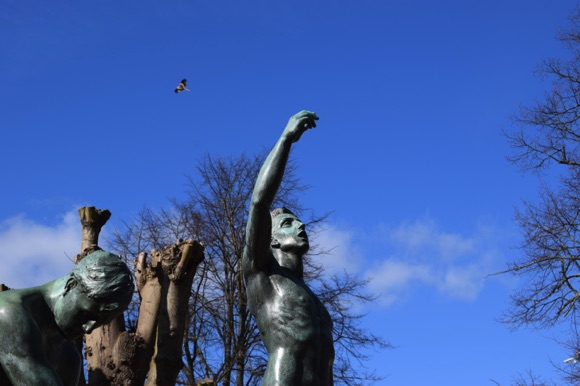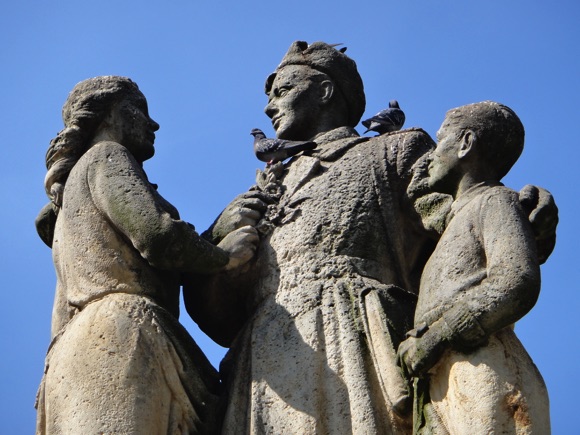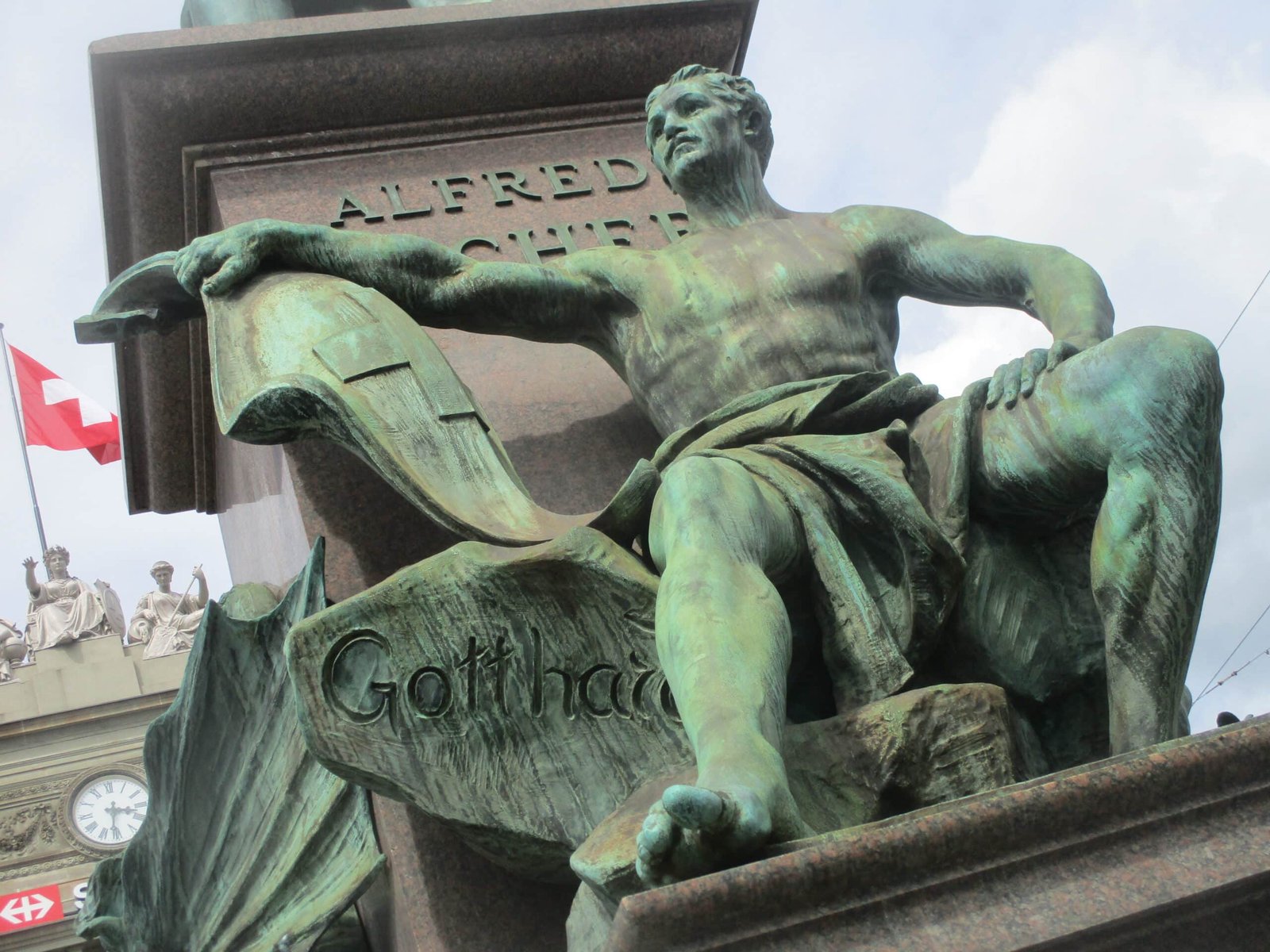Teams, tales and tips – a guide to the local game
By far the largest town in Waikato, the region which shares its name with the local river, newspaper, university and stadium, Hamilton has come on leaps and bounds in recent years.
A backwater even after the road and rail links to nearby Auckland were opened by 1877, Hamilton saw its profile raised considerably when venues and attractions began to dot the so-called Green Belt, delineating the former city boundaries of 1877, now a string of interlinked parks.
These include the Waikato Stadium, where both main rugby reams play, and where five group games take place as part of the 2023 Women’s World Cup. These involve Sweden, Portugal, Zambia and Japan, among others, but fans visiting Auckland for the tournament’s curtain-raiser on July 20 can easily hop on a bus or train to Hamilton to enjoy more action in New Zealand’s fourth-largest city a couple of hours away.

While no soccer hotbed, Hamilton currently has two clubs in New Zealand’s new league set-up, Melville United based at Gower Park and Hamilton Wanderers based at the Porritt Stadium. This is a very recent state of affairs, however – for most of this century, Waikato FC, the later named WaiBOP United, were Hamilton’s football flagship.
Or rather, flagship for the Waikato region and the Bay of Plenty (‘BOP’), a geographical name granted it by a grateful Captain Cook in 1769, the sweeping coastline of beaches within an hour’s drive of Hamilton today providing further reason to visit.
After WaiBOP United folded in 2016, the age-old Hamilton Wanderers took their place in what was then New Zealand’s top flight. Dating back to 1913, amalgamated in 1964, Wanderers have traditionally been based at the Porritt Stadium, the other side of the Waikato river on the eastern edge of town.

It is named after one of New Zealand’s most illustrious Olympians, Arthur Porritt, who won bronze at the 100 metres in 1924. Famously dramatised in the Oscar-winning film Chariots of Fire, the event was celebrated for decades afterwards by Porritt and gold medallist Harold Abrahams, dining together at 7pm every July 7, the exact time and date of the race.
The modest Porritt Stadium was also used by Waikato FC and as a training ground by teams participating at the U-20 World Cup of 2015. By then, the Waikato Stadium had long been established, and it witnessed soon-to-be stars Gabriel Jesus and André Silva battle it out as Brazil beat Portugal in the quarter-finals. Later a four-time title winner with Manchester City, Jesus converted the vital spot kick in the shoot-out.
Hamilton’s other local club is Melville United, based in the southern suburb of Melville, the other side of Hamilton Lake. The Reds snagged the last qualifying slot in the Northern League in 2022 and finished a respectable mid-table in the Championship phase.
The Hamilton Fan Festival during the Women’s World Cup is hosted by the Claudelands Events Centre, Brooklyn Road, way across the other side of town from the stadium.
Getting Around
Arriving in town, local transport and timings

Hamilton Airport is located at Rukahia, 14km (nearly nine miles) south of the city. Domestic routes operated by Air New Zealand serve Christchurch and Wellington. There’s no public transport connecting to the city centre – Hamilton Taxis (+64 7 8477 477 or call free through website) should charge around NZ$90-NZ$100 for the 15min ride into town.
The nearest international airport is Auckland’s, 112km (70 miles) away, on the Hamilton side of New Zealand’s largest city. The Airporter 380 service operated by InterCity buses runs from Auckland Airport to Hamilton Central several times a day via Manukau Bus Interchange halfway along (3hr overall journey time), with one direct service a day (2hr journey time), currently at 11.25am. Fares are NZ$20-NZ$30, best booked online. InterCity’s frequent direct service to Hamilton from Auckland’s Sky City Bus Terminal by Sky Tower at 102 Hobson Street in the city centre takes 2hrs and costs around the same.
New Zealand rail’s scenic Northern Explorer only runs three times a week from Auckland Central to Fraser Street, Frankton, in Hamilton, journey time 2hrs 30mins, adult singles NZ$82. The arrival station is south-west of the city centre, 1.5km from the stadium and town.
Hamilton Transport Centre is on the north-western edge of the city centre, around 1km from Waikato Stadium further north-west. Match-ticket holders can use Hamilton’s bus services free of charge on match days. The standard cash fare in the central zone is NZ$3 or it’s NZ$1 with a top-up Bee Card.
The stadium is on the hourly 9 bus route from Hamilton Transport Centre (3 stops from platform T to 127 Seddon Road opp FMG Stadium). There’s a free shuttle service from the Fan Festival on July 22 and another on every match day from around the Central Business District (CBD) – just flag one down. Walking from the city centre to the stadium shouldn’t take more than 15mins.
Where to Drink
The best pubs and bars for soccer fans
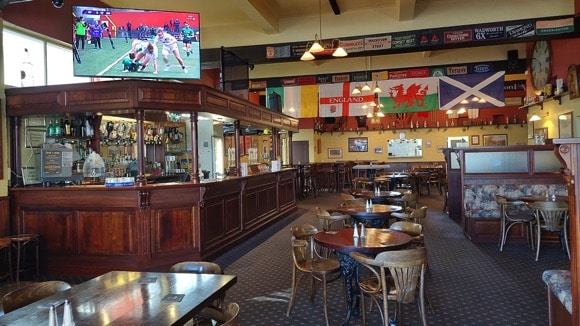

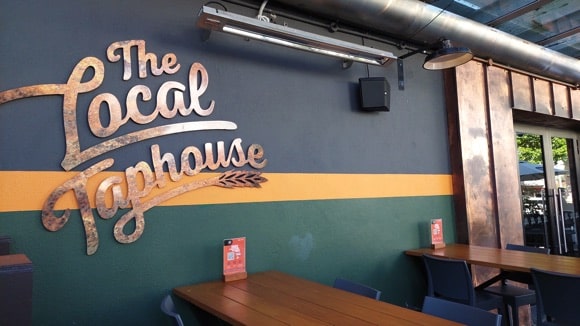

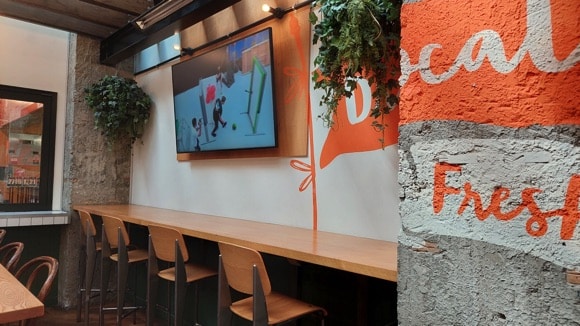
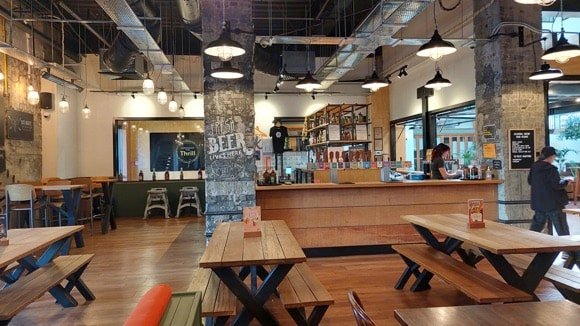

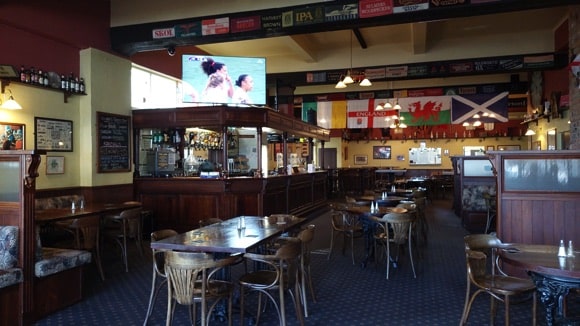
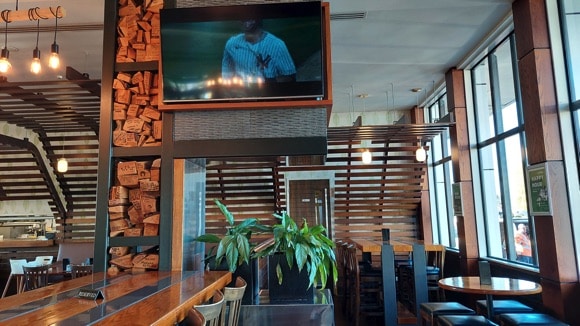

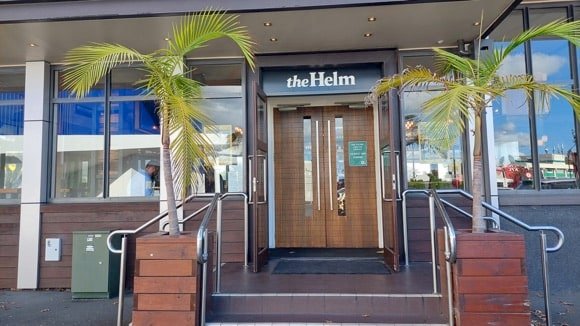
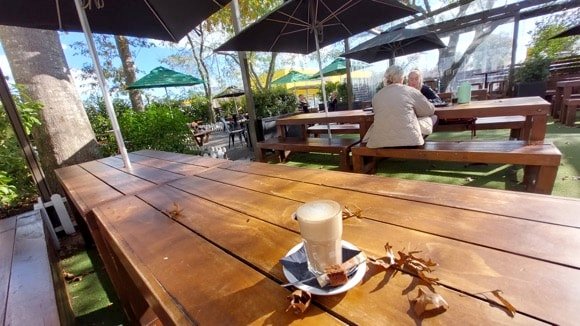
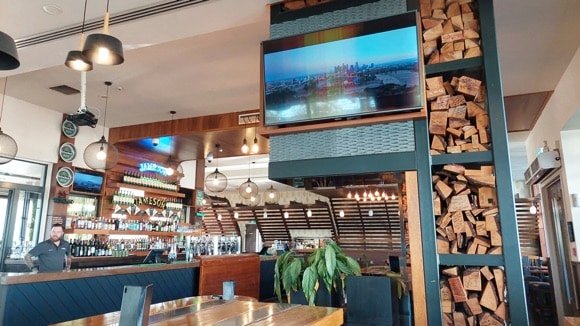
On the stadium side of the city centre, on main Ulster Street, The Helm is ideally located for both, big screens set up for sport indoors, plenty of tables ranged around the sun-catching garden bar. Craft beers complement the main draught option of Heineken, plus bar snacks, burgers, platters and pizzas. Independent and locally owned, and it shows.
Further into town on Victoria Street, The Londoner plays up its traditional pub character while offering big-screen sport and domestic craft beers on tap such as Waikato and Hawkes Bay Pilsner.
Further along Victoria Street towards the river, The Local Taphouse occupies the ground floor of SkyCity Hamilton, a bright, lively operation where Good George Brewing, Eat Burger and televised sports action dovetail.



